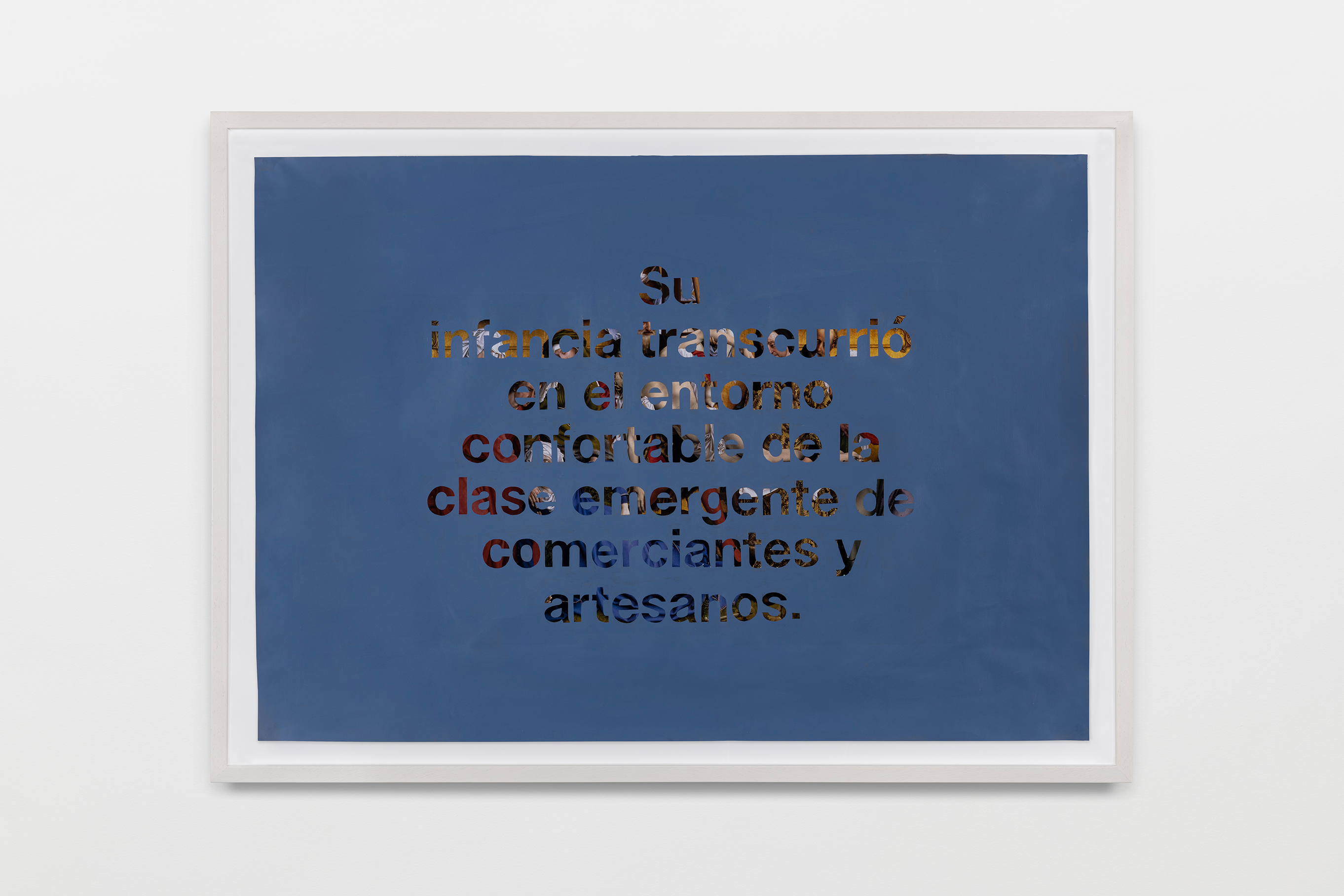Isabel Cordovil, Cristina Garrido, Gabriele Beveridge
Superficies Habitadas
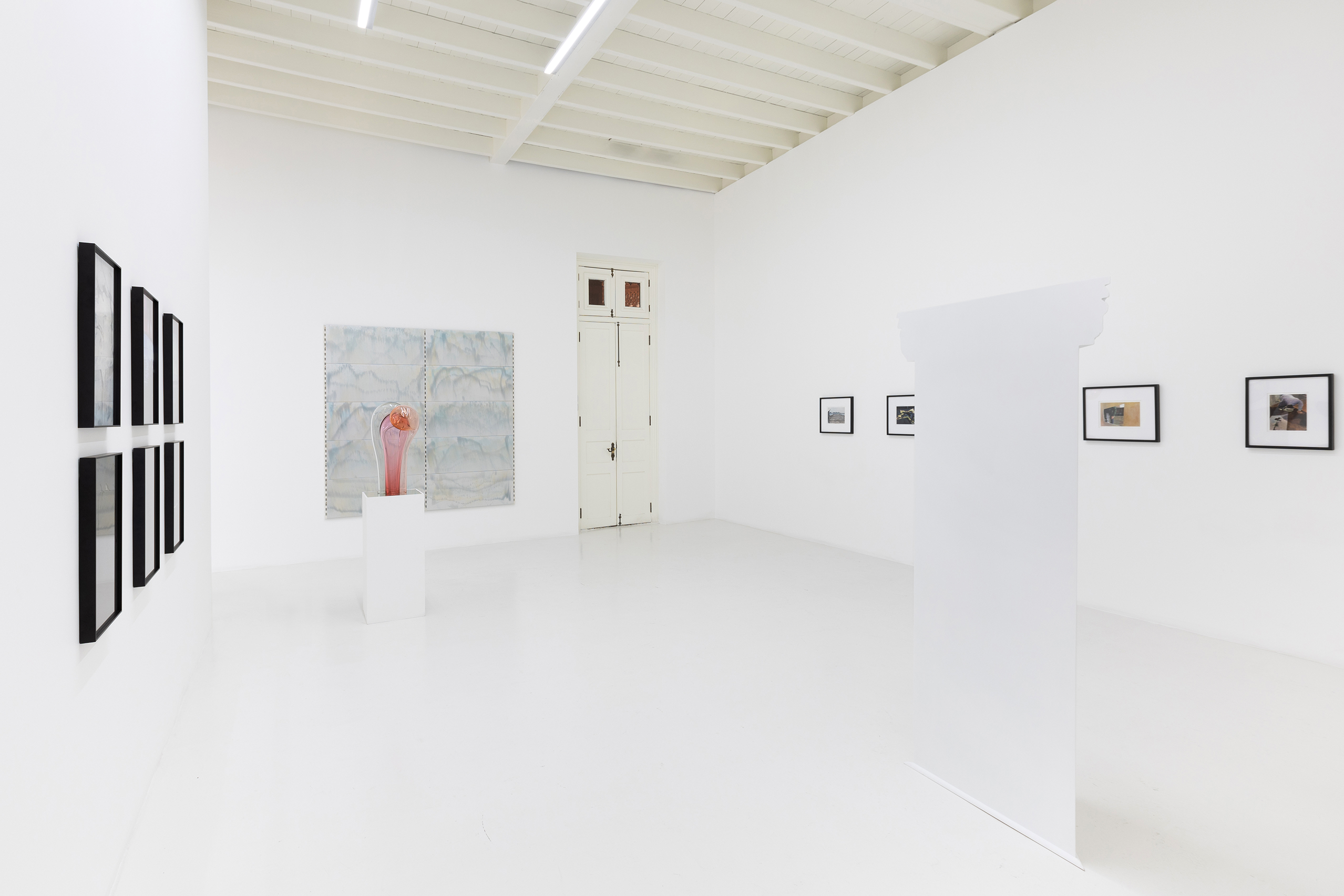
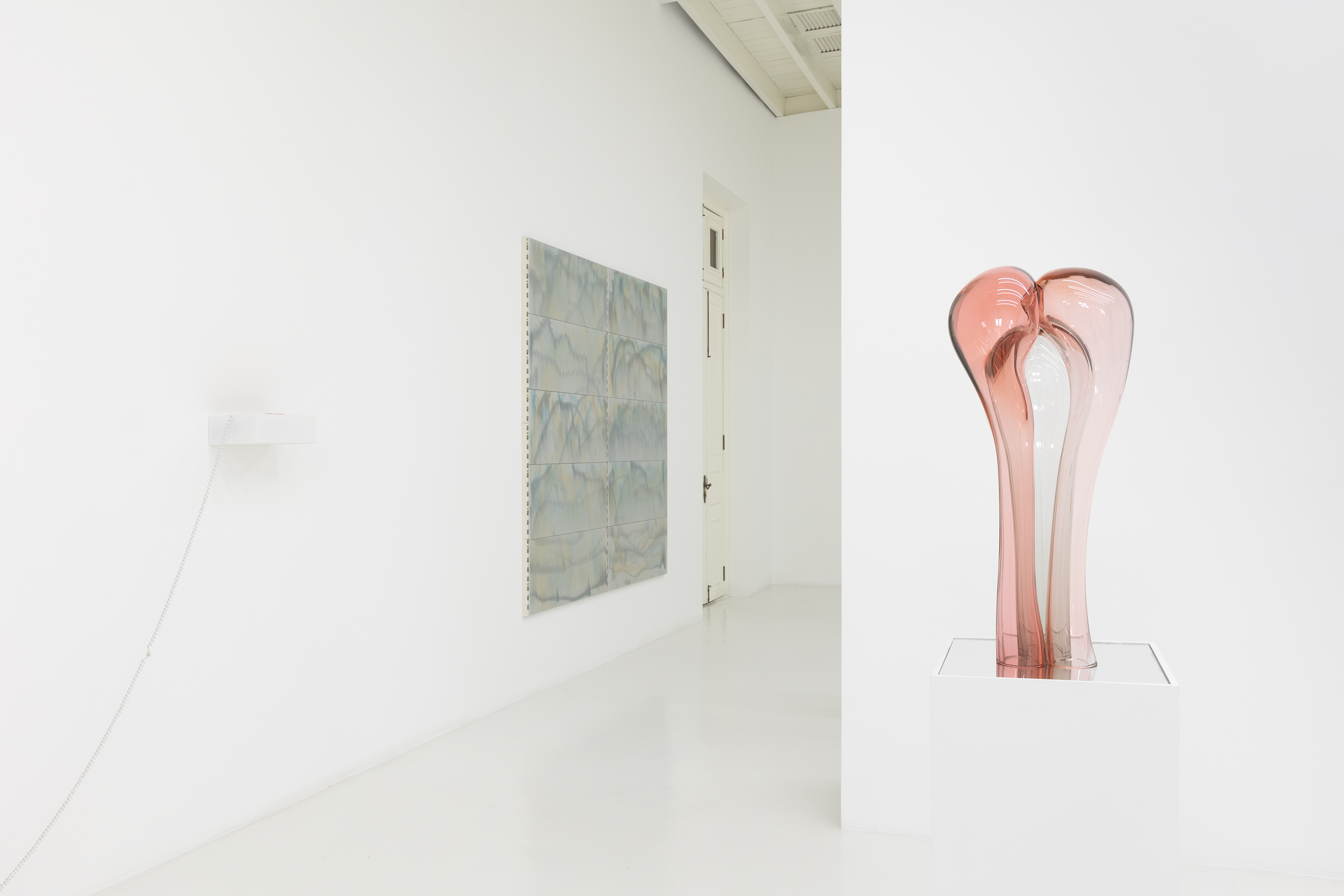
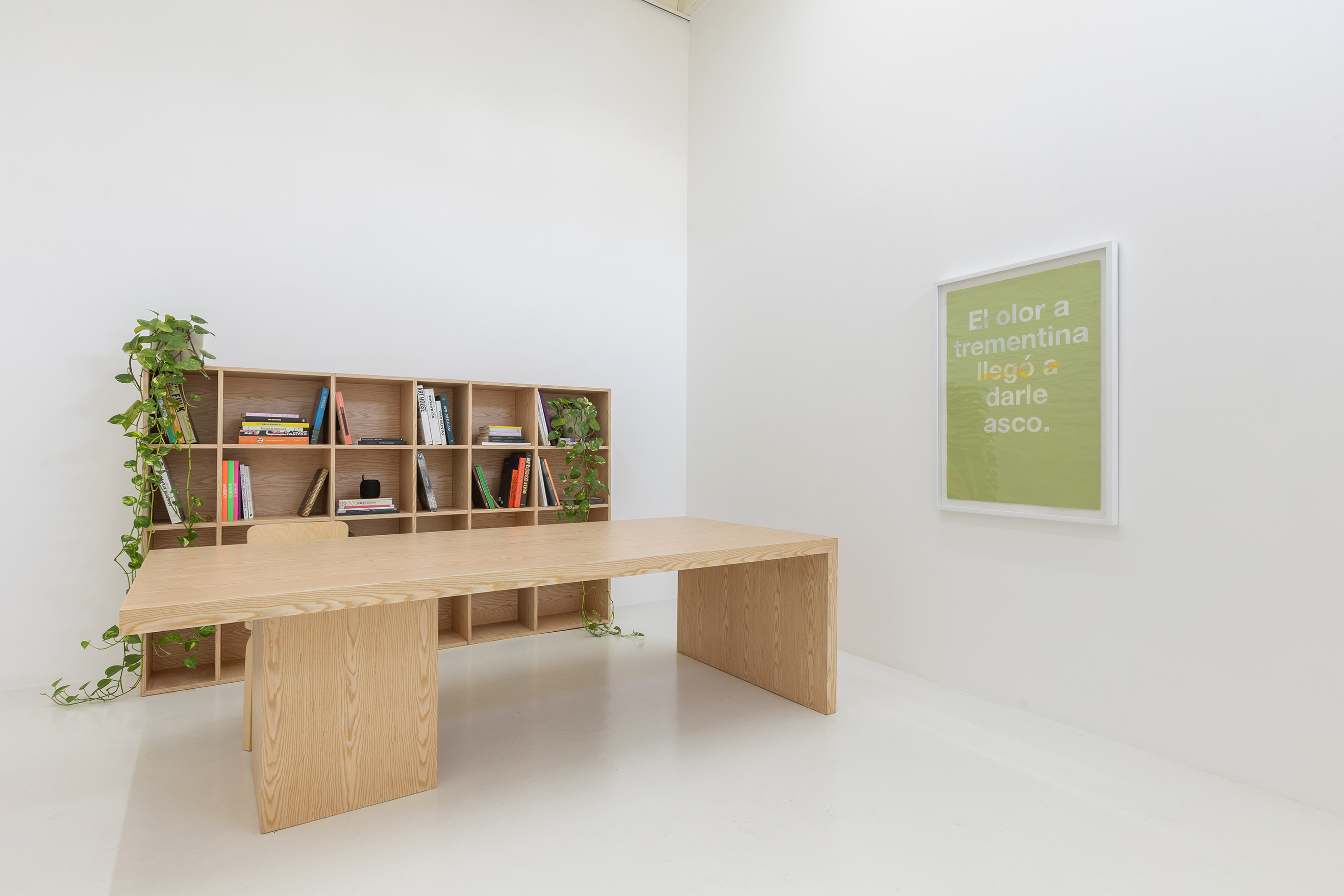
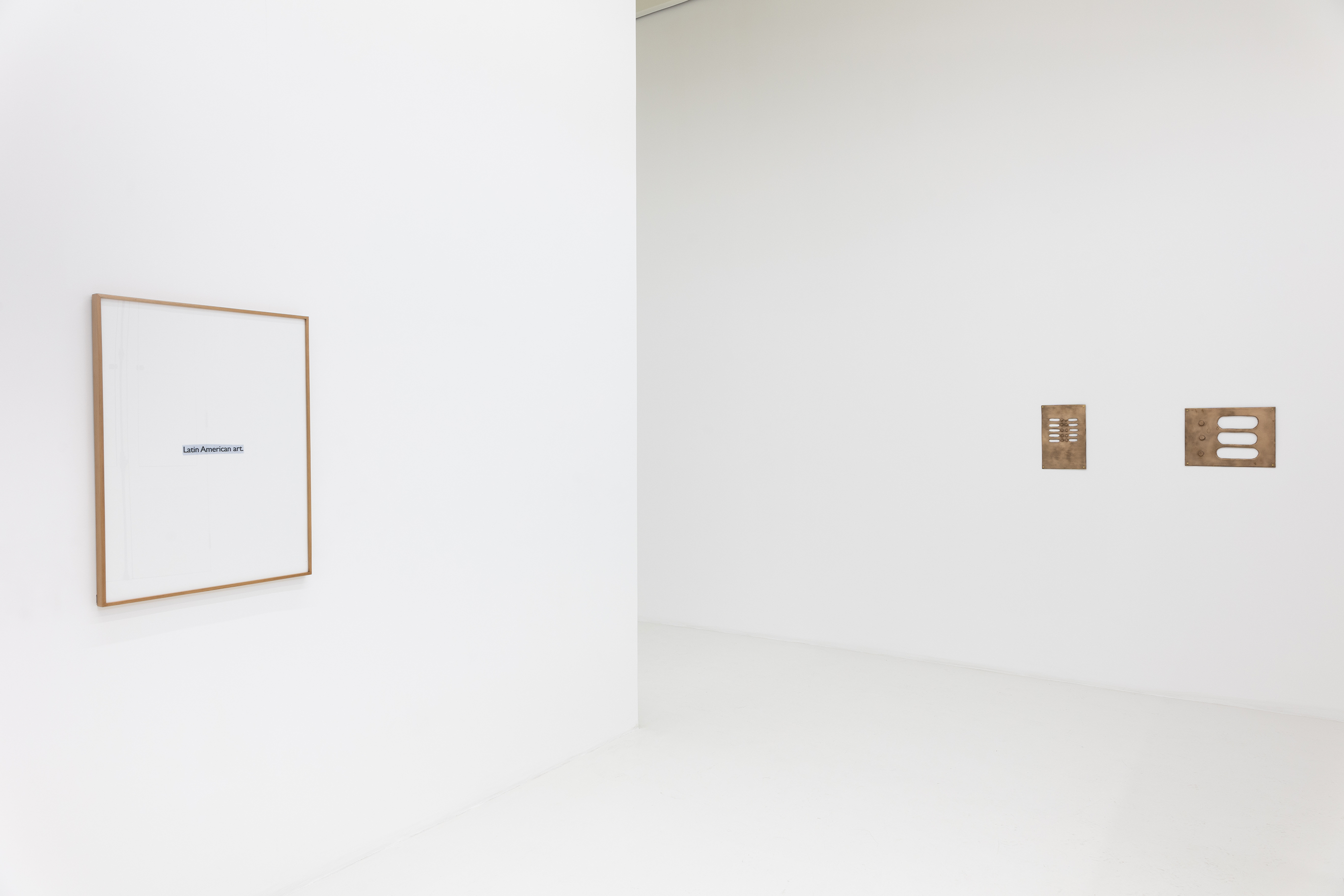
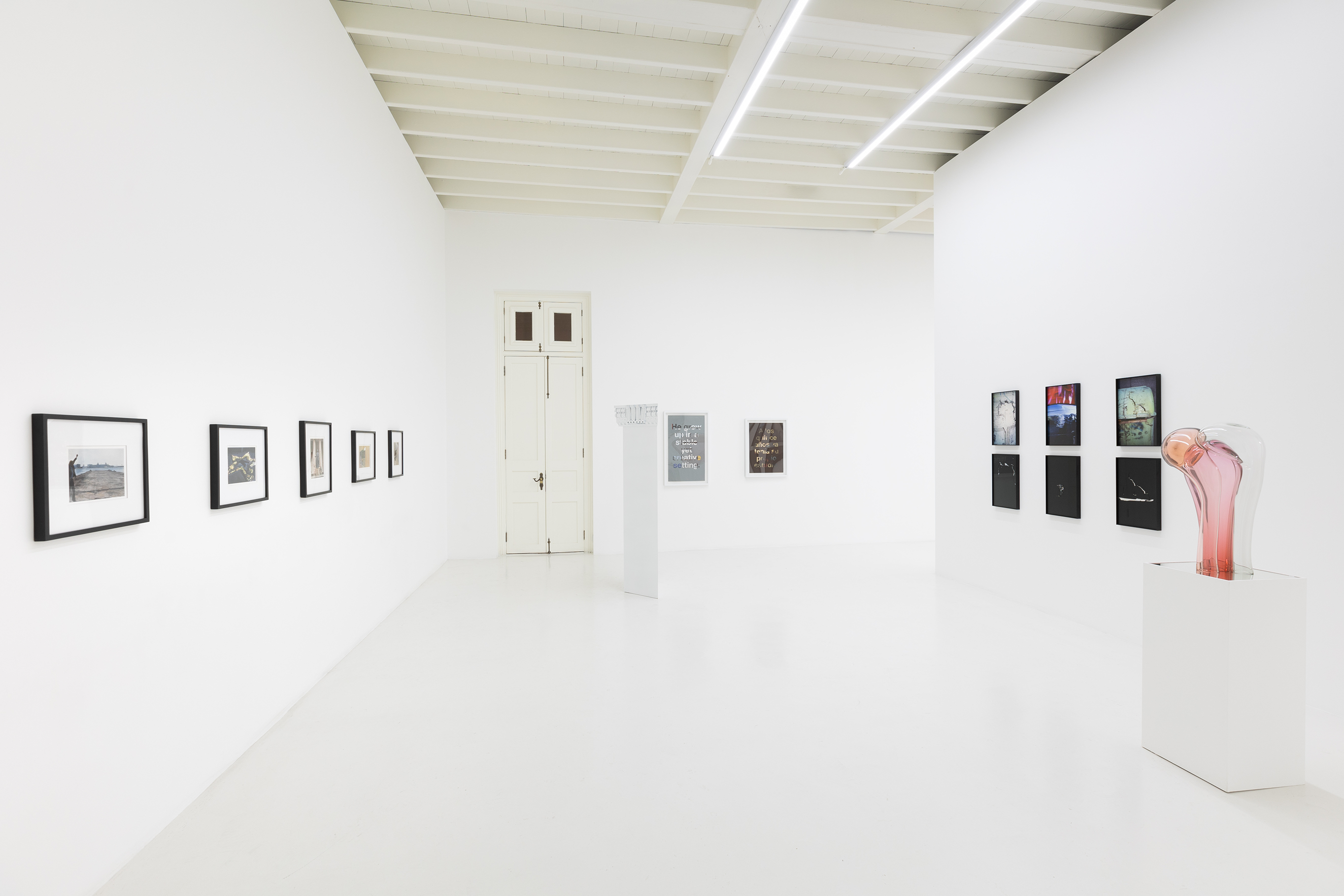
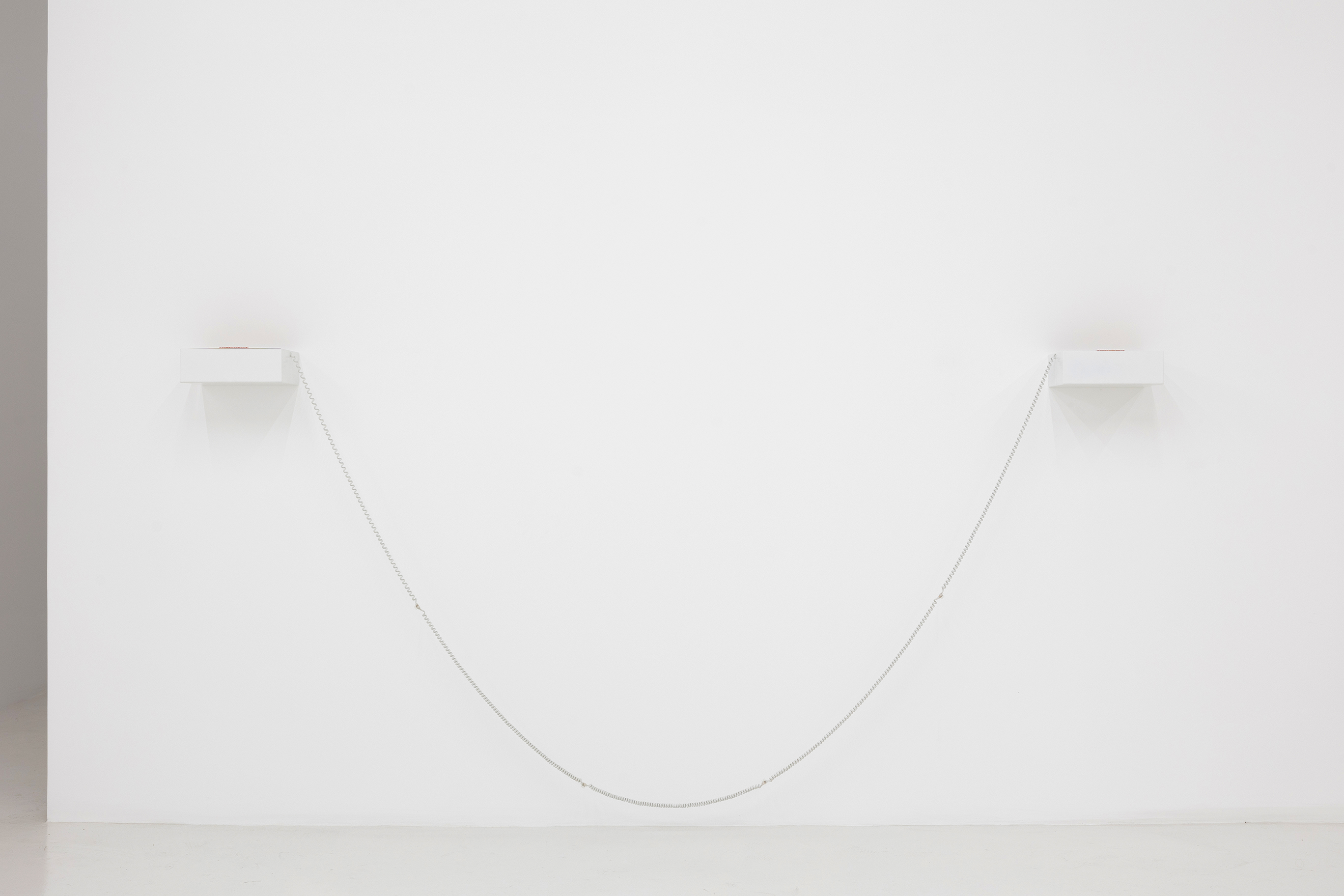
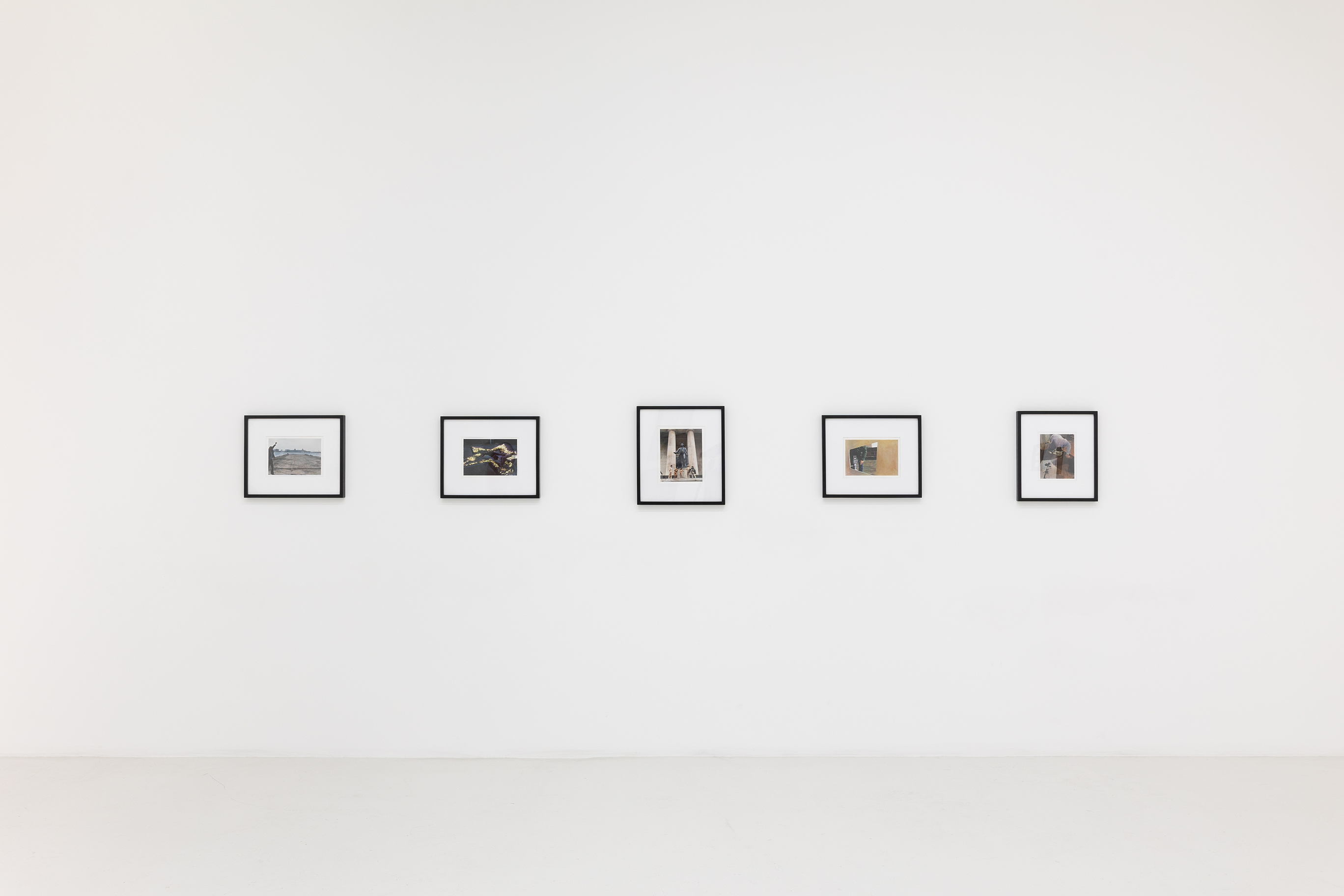
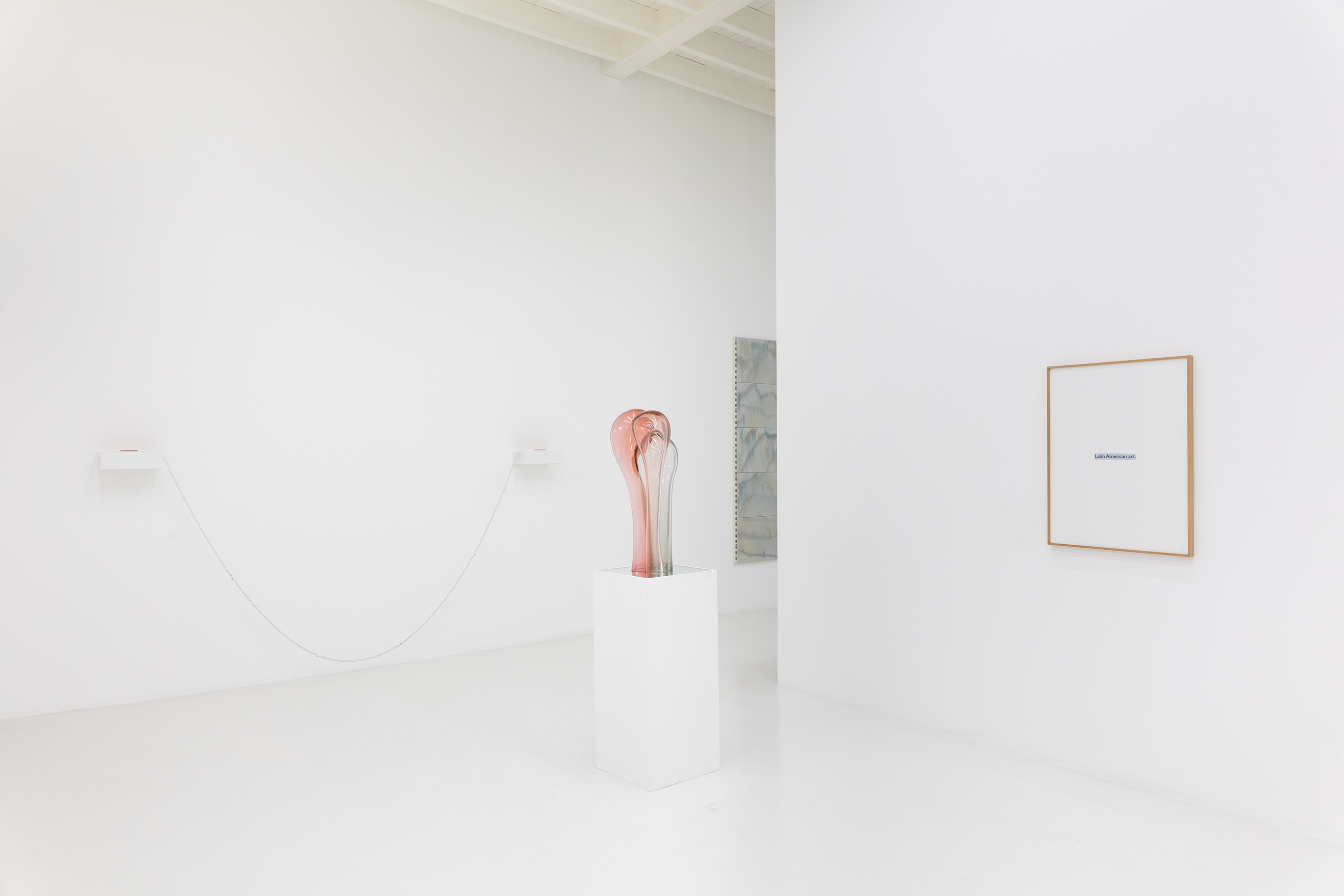
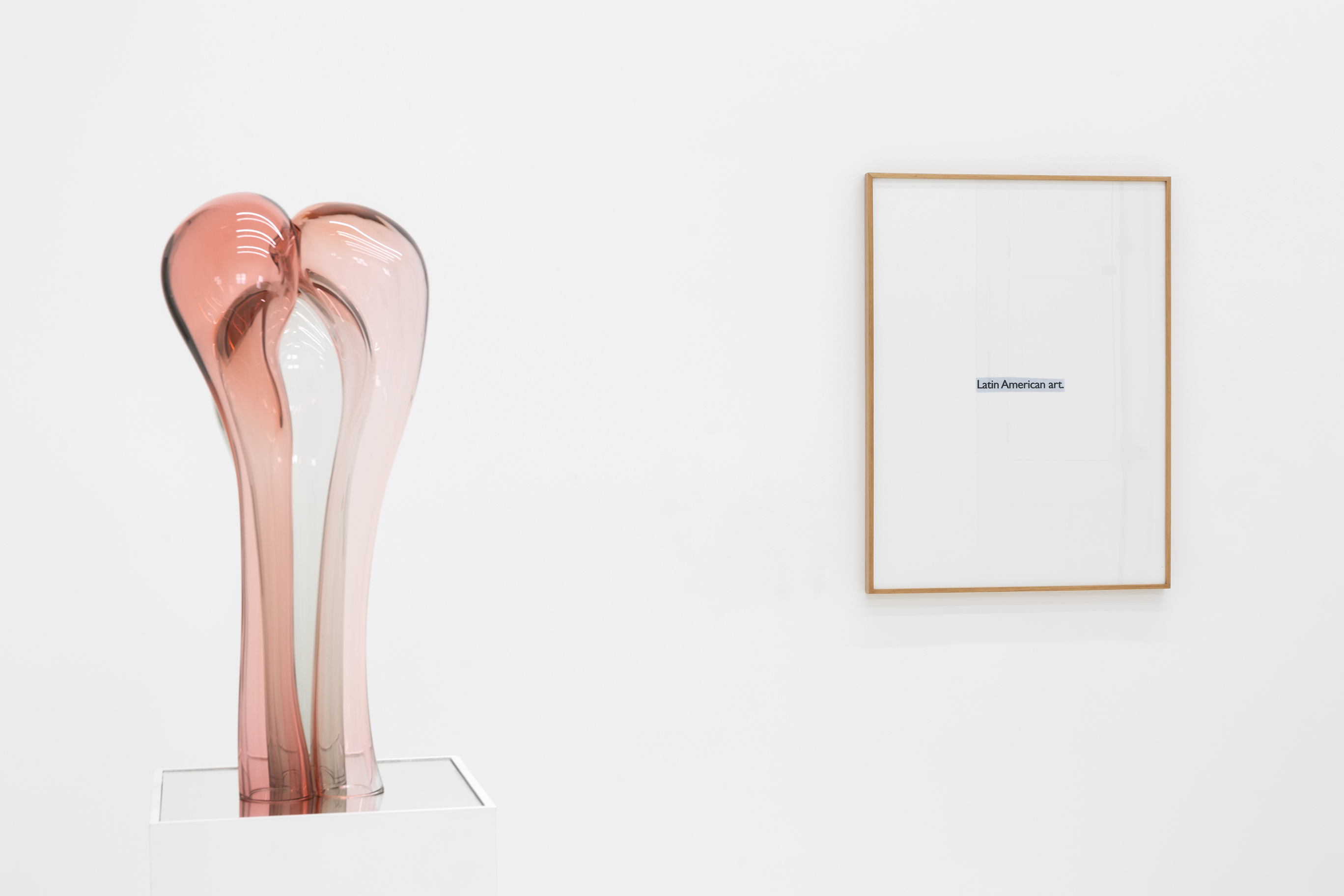
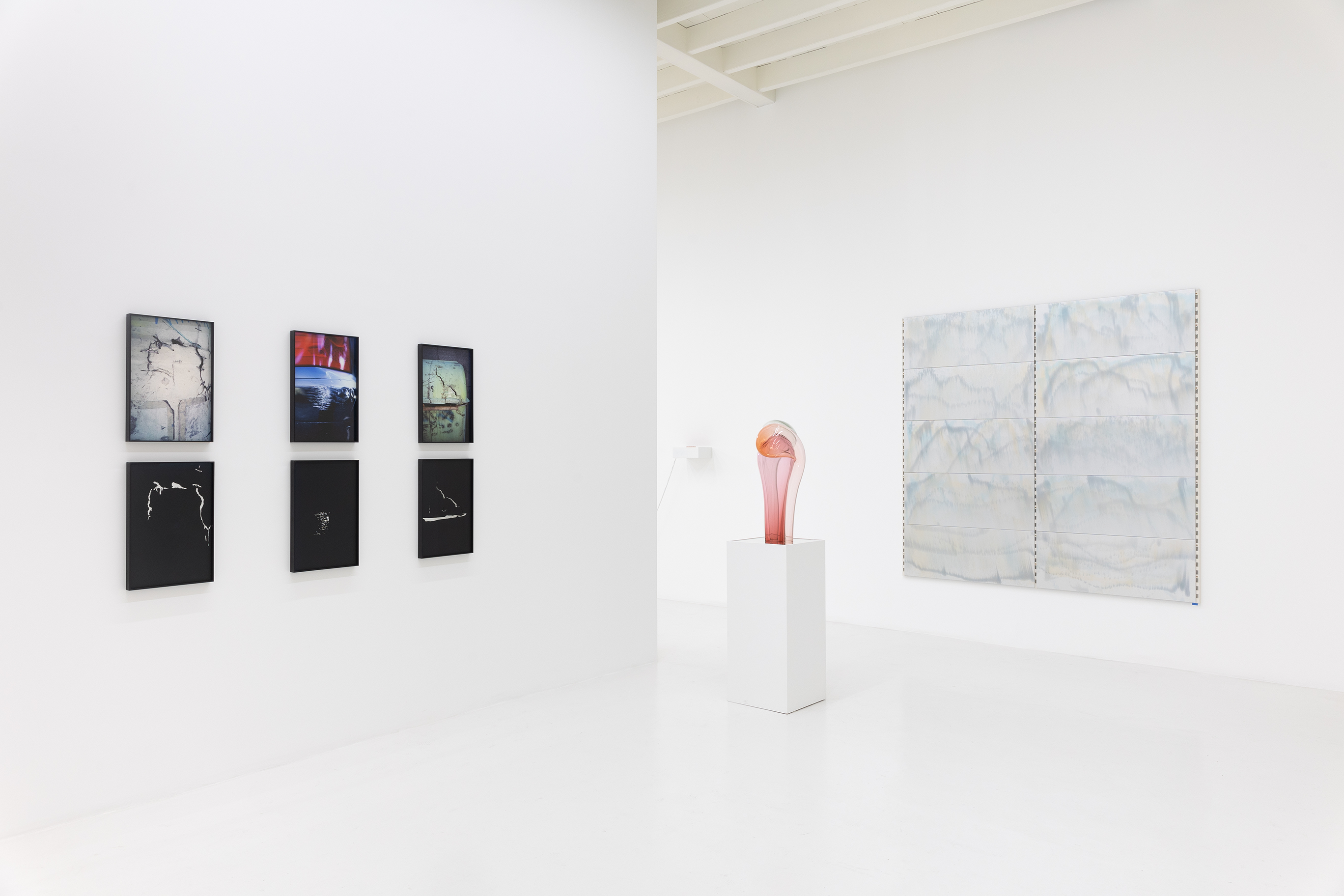
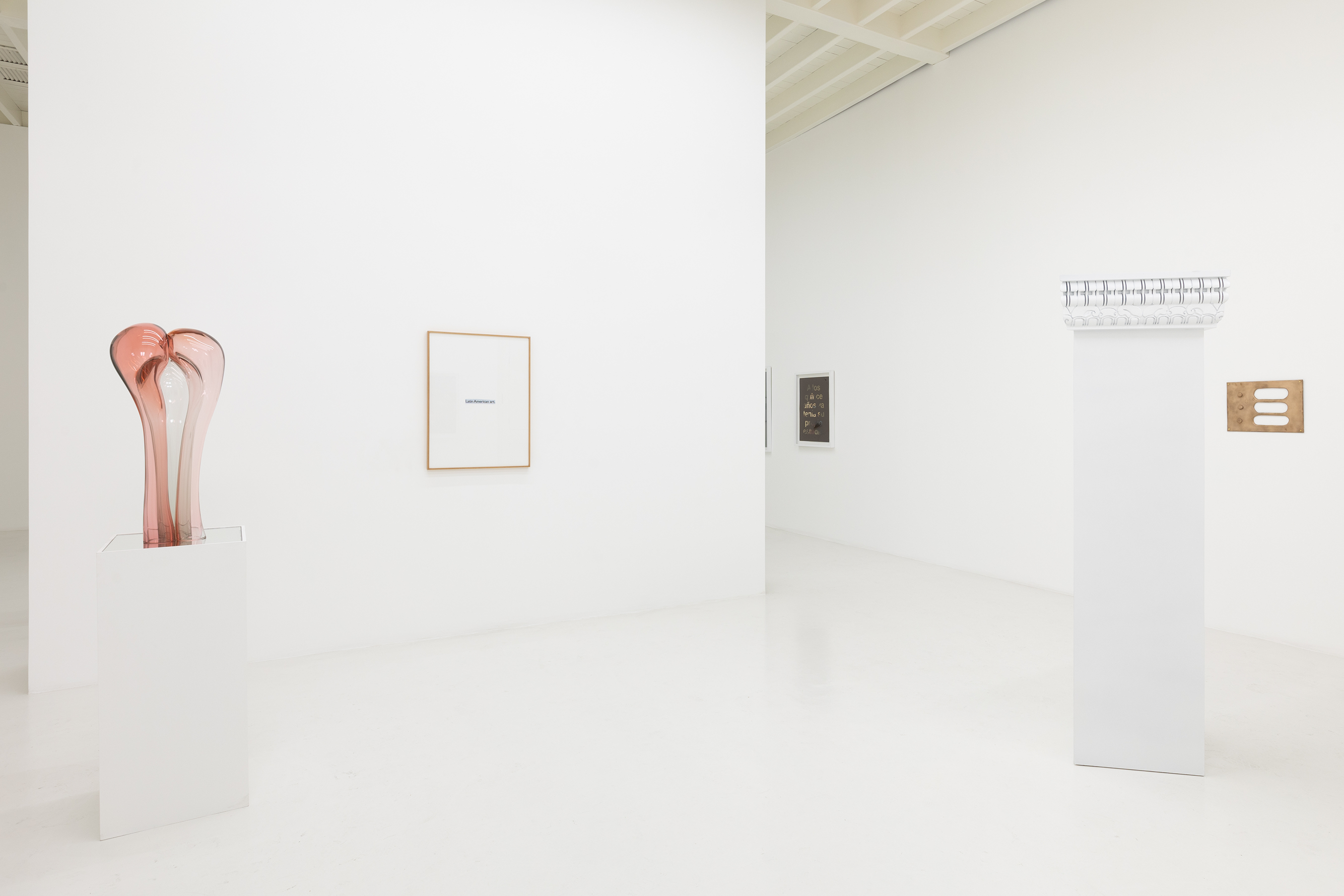
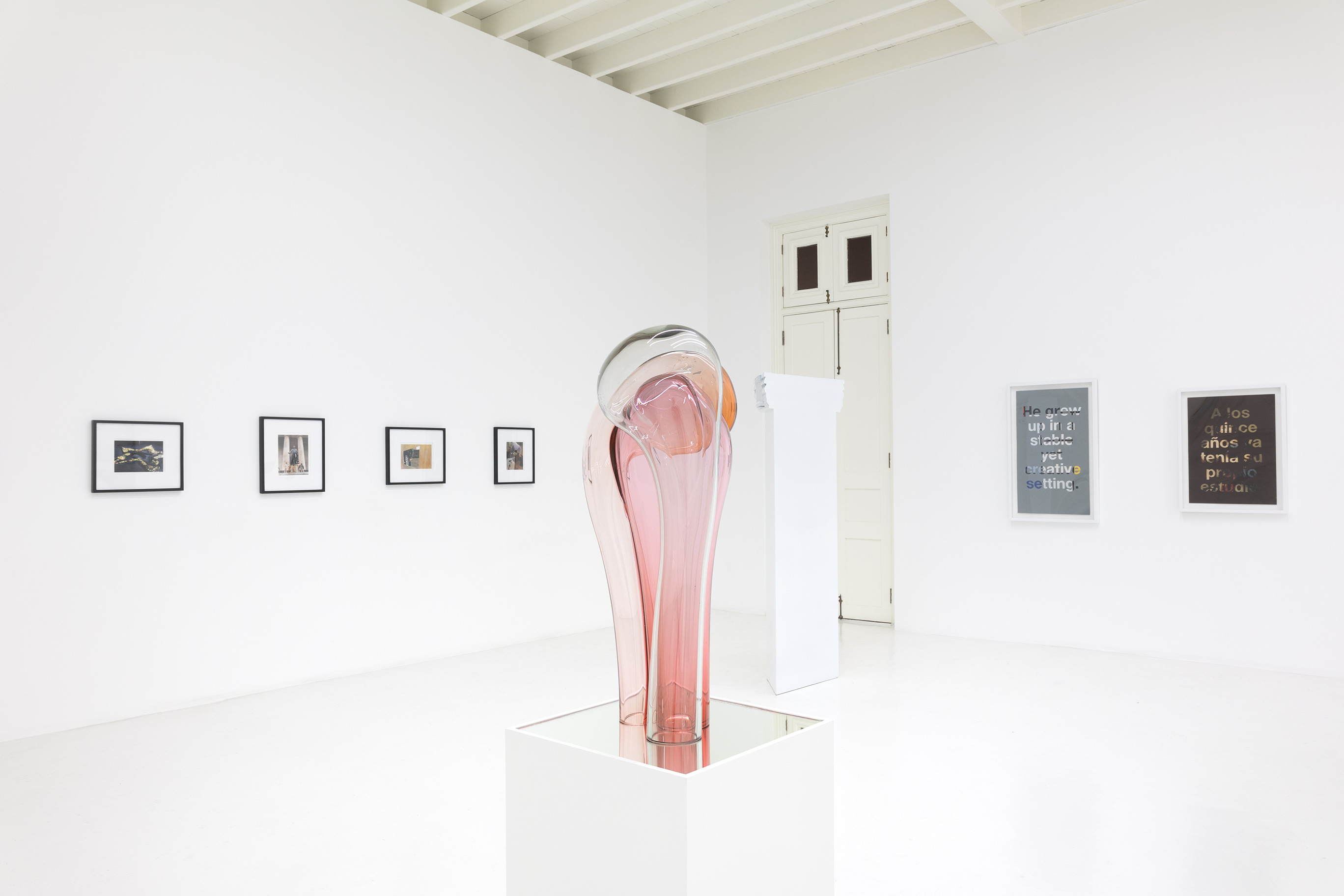
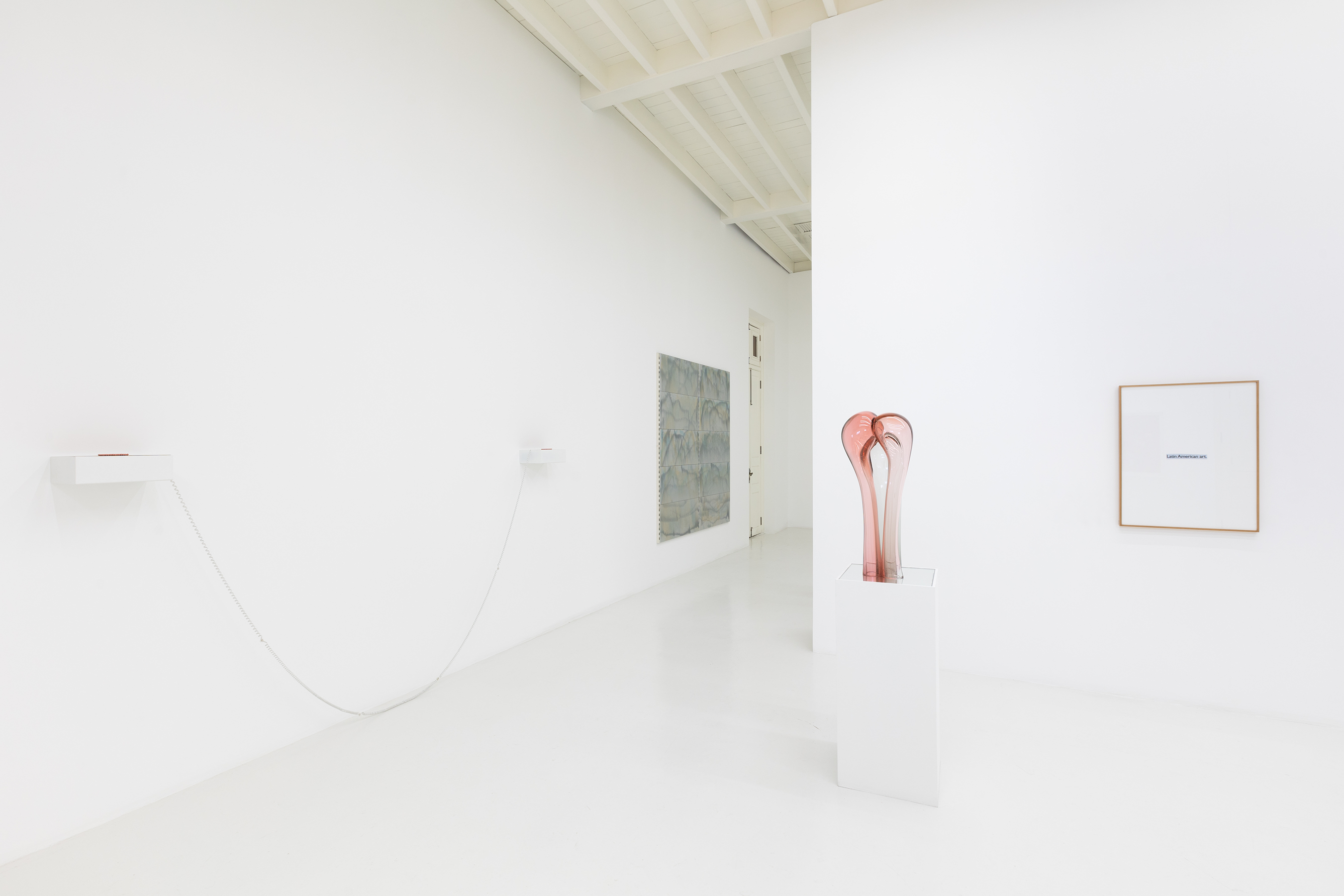
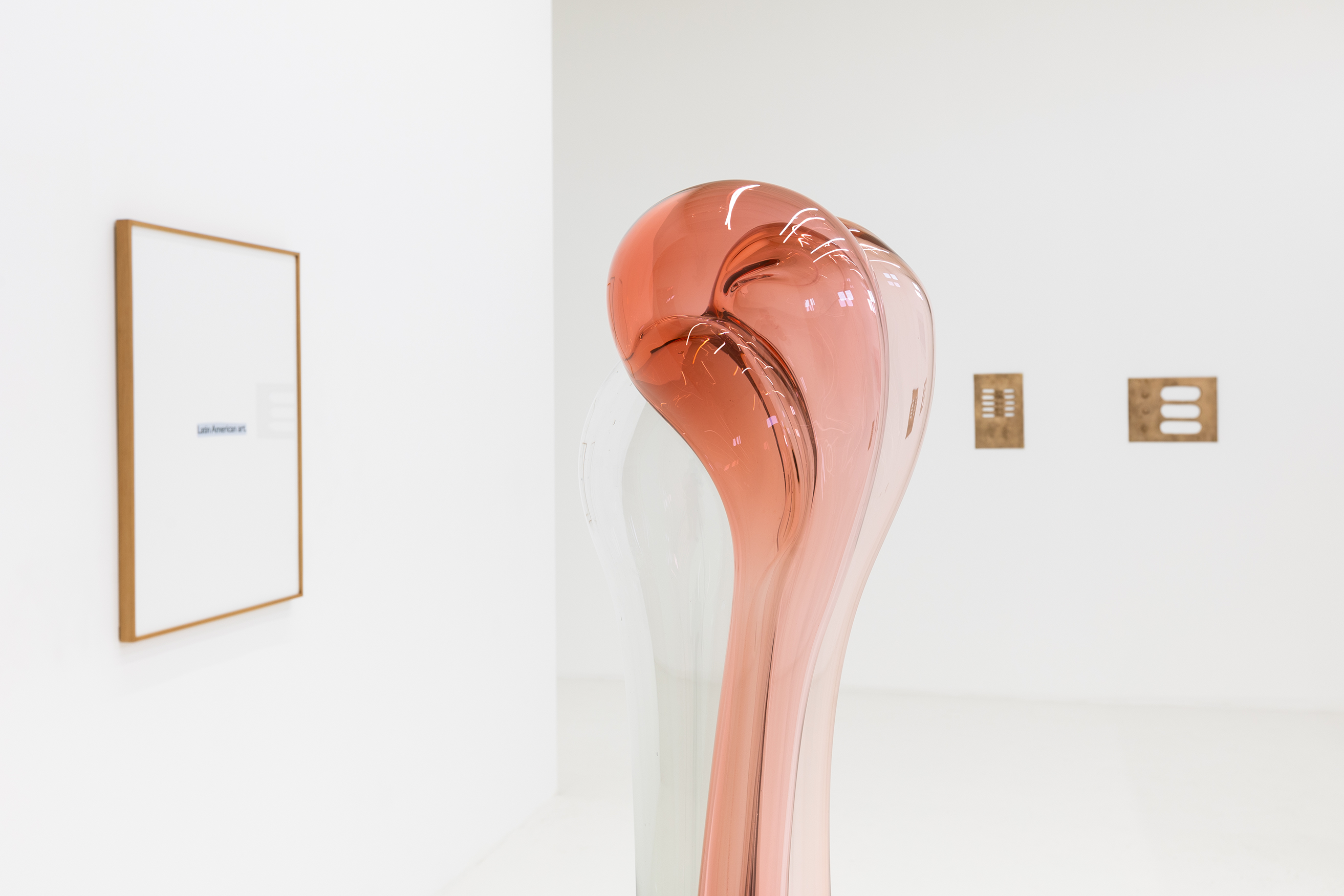
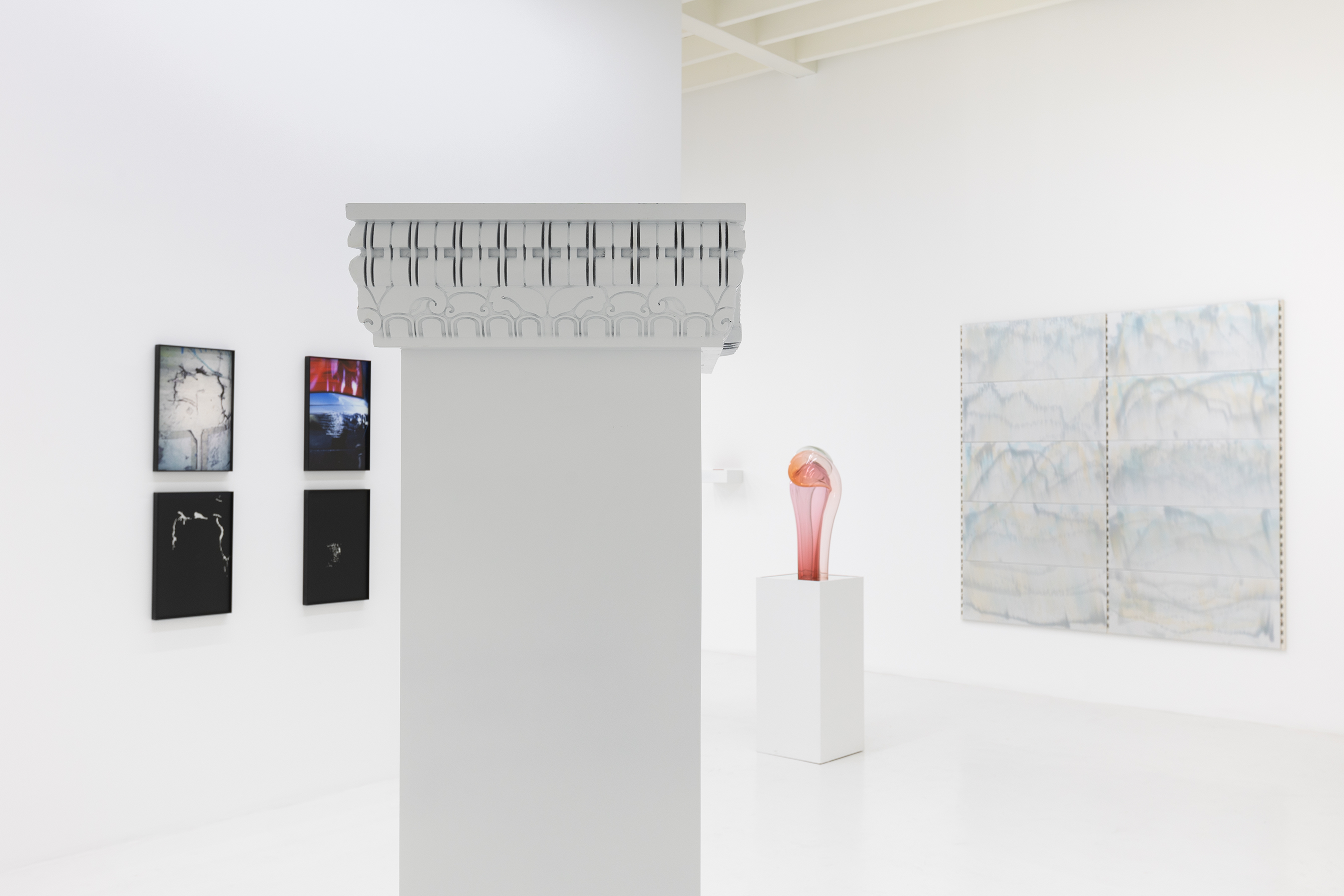
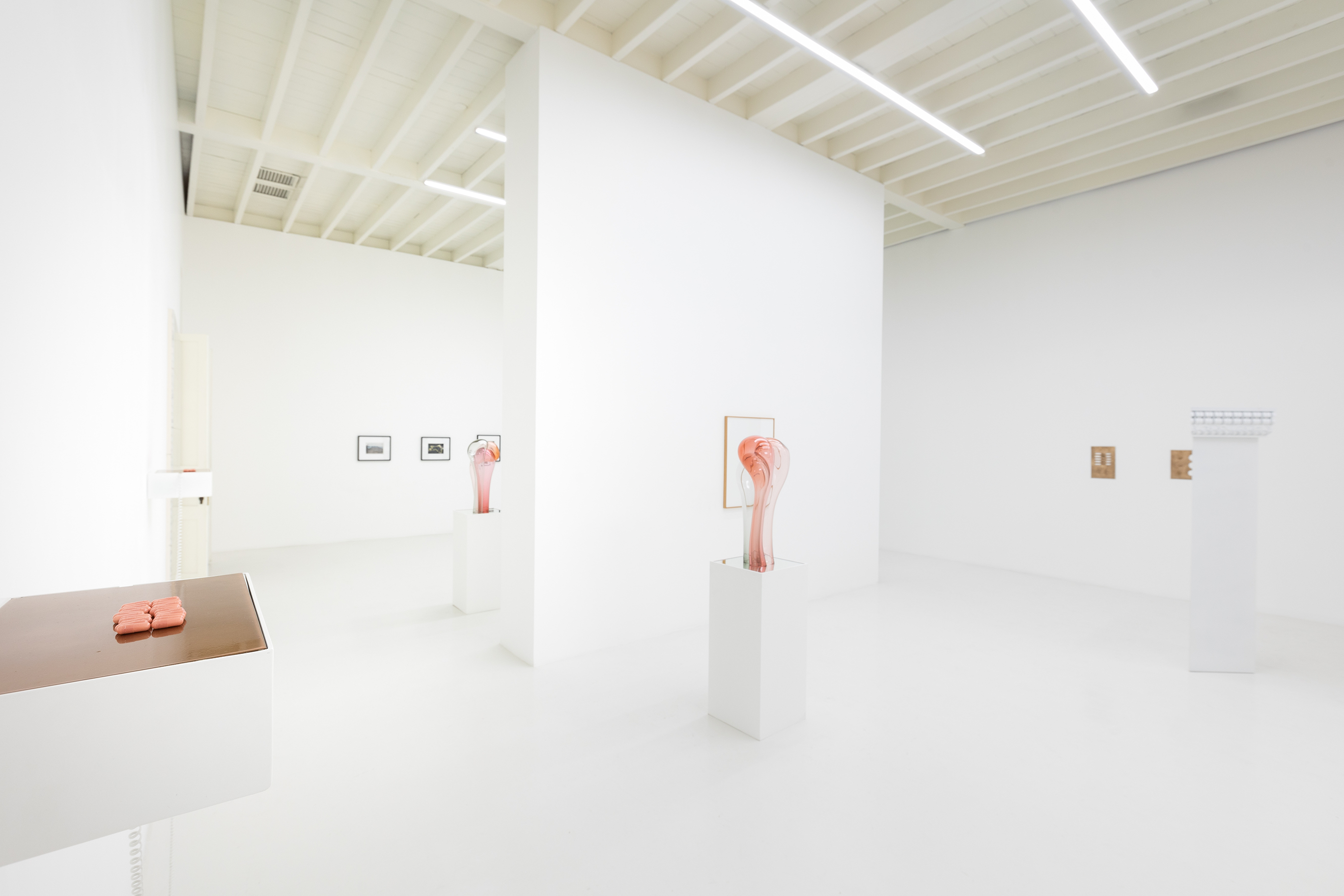
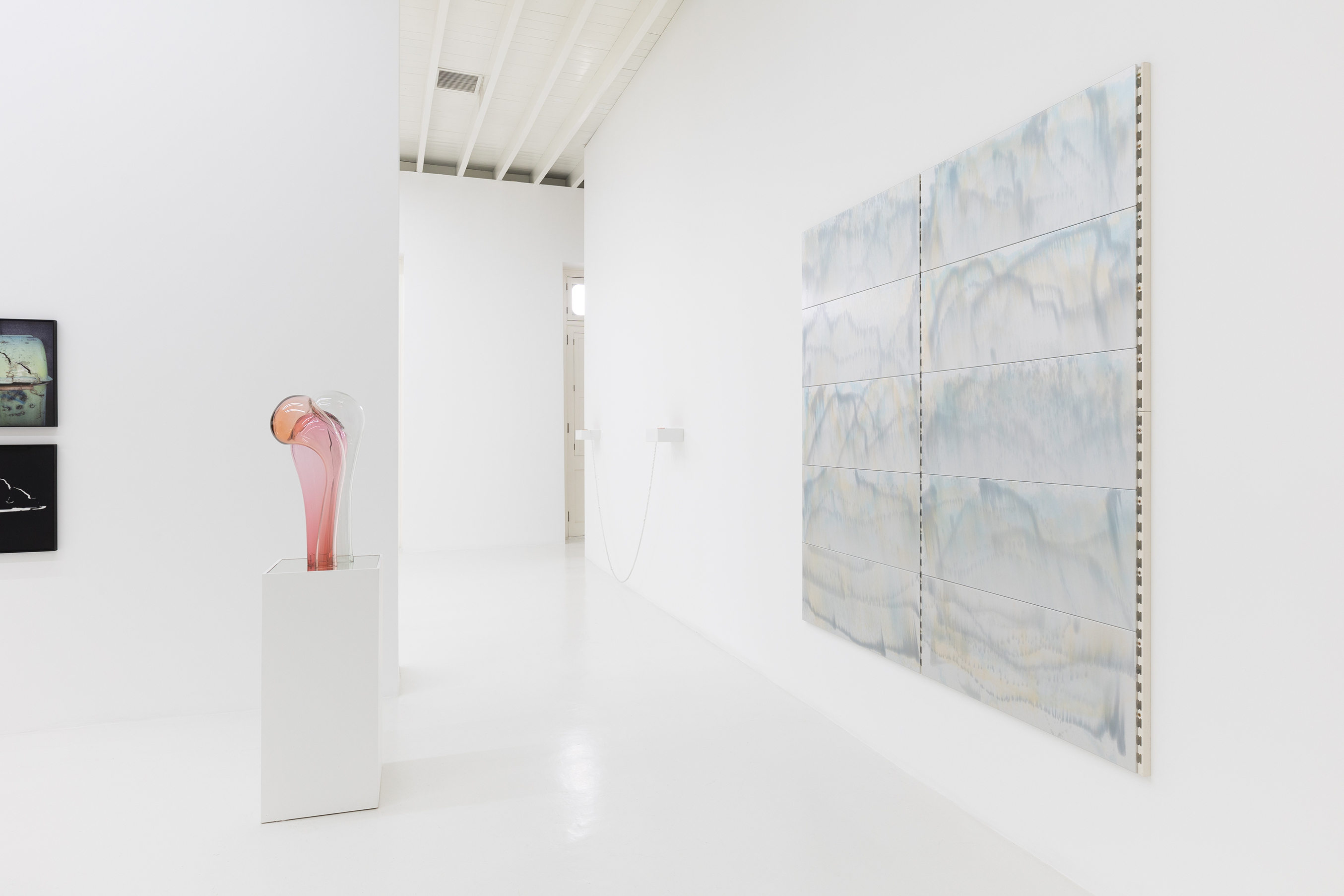
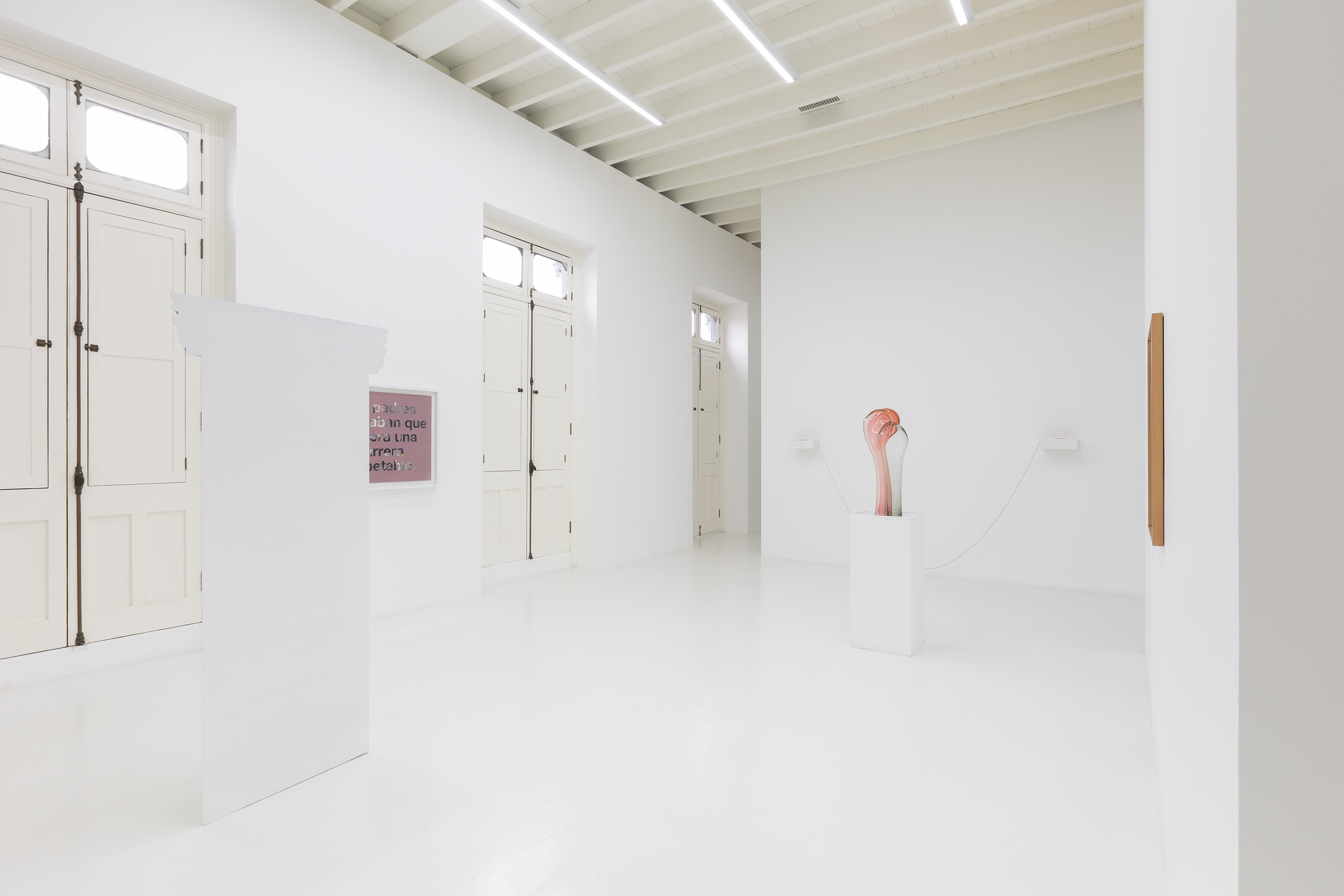
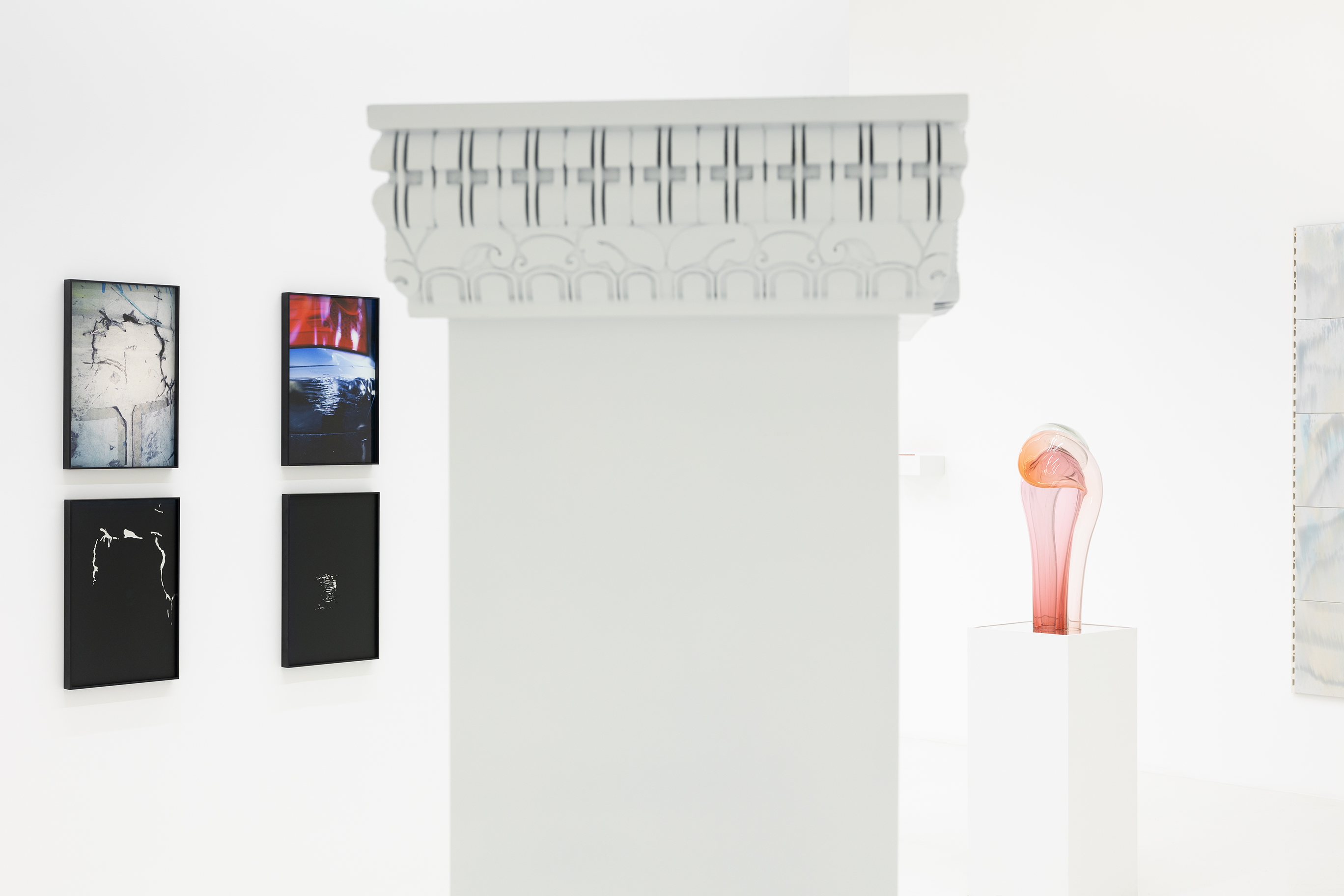
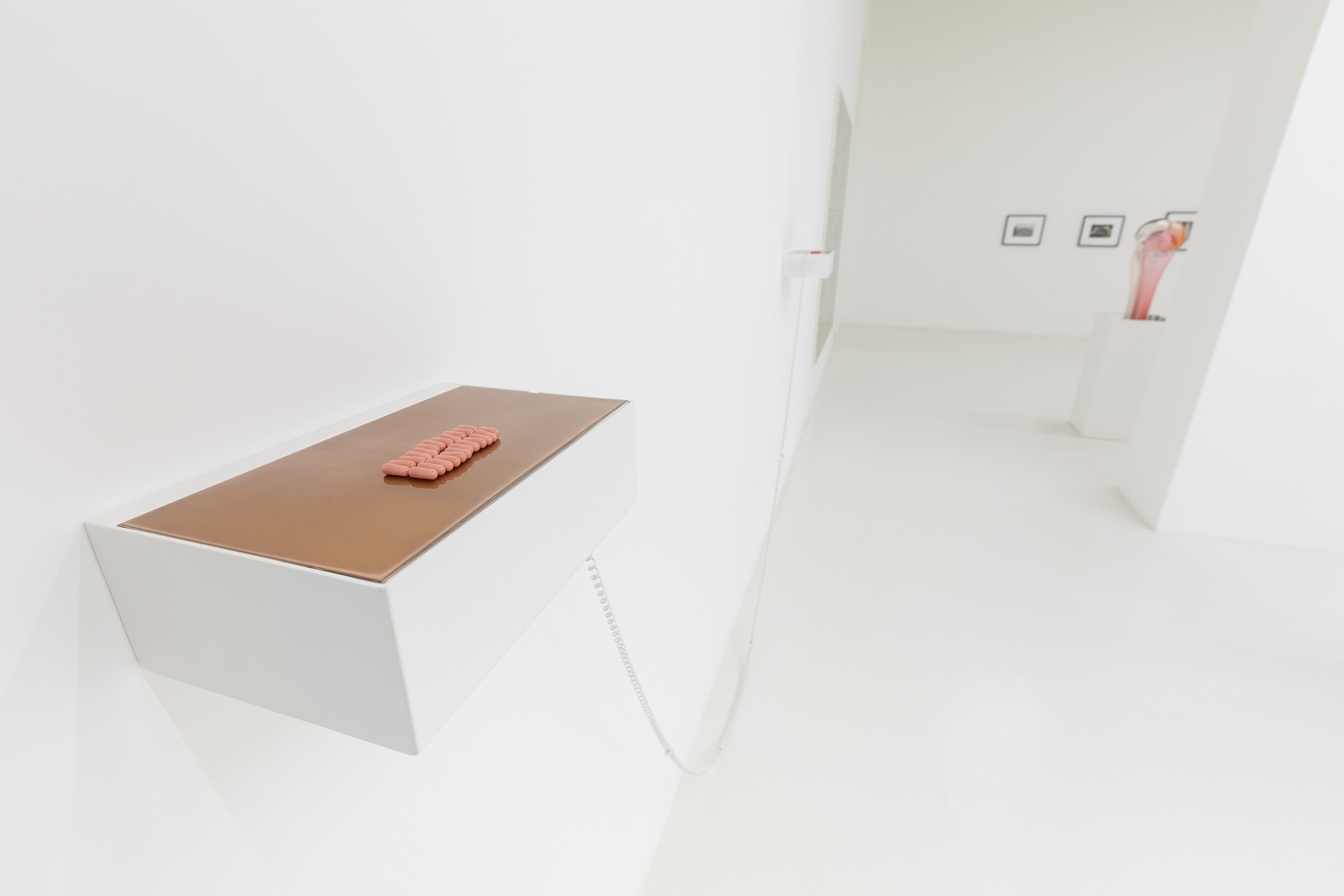
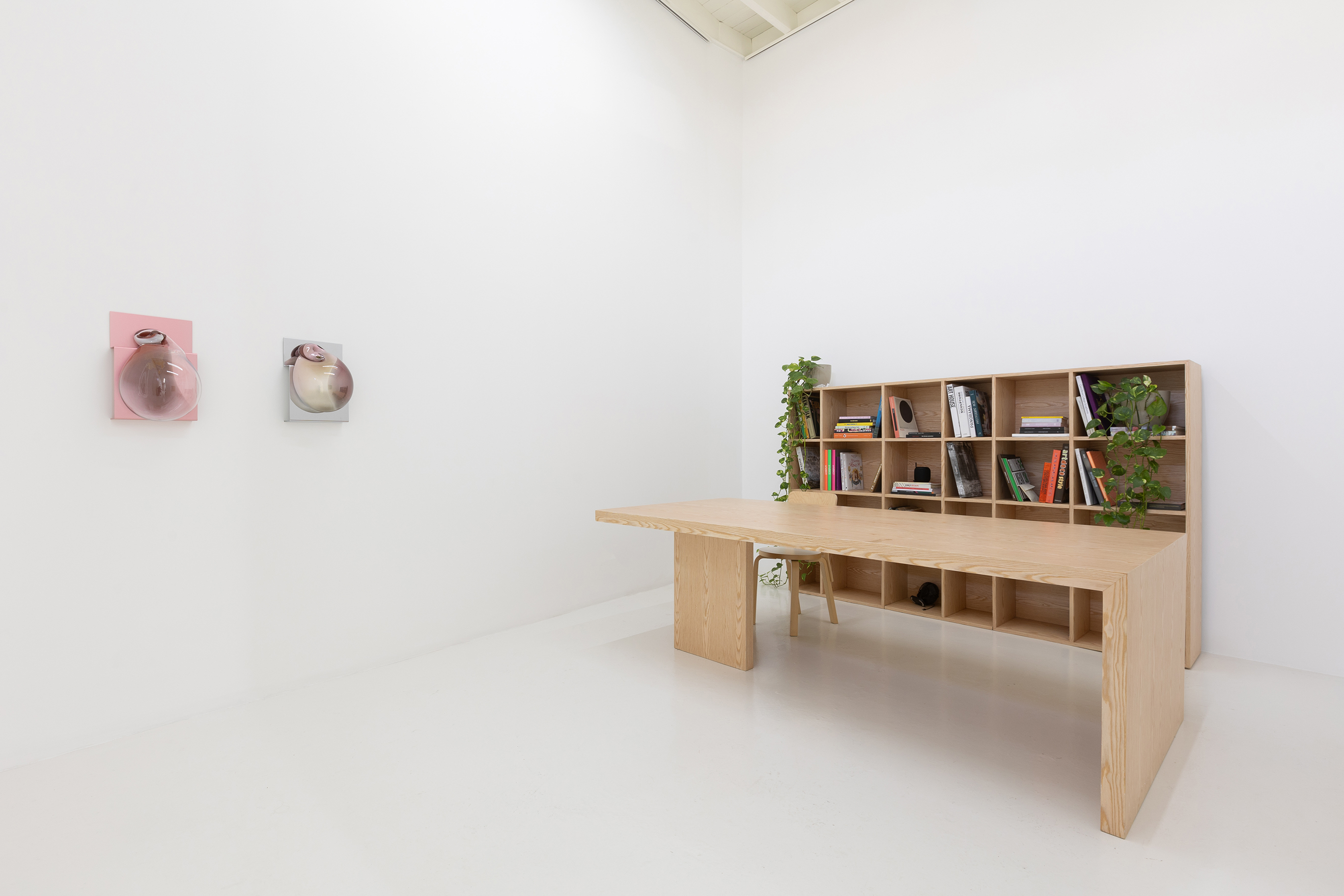
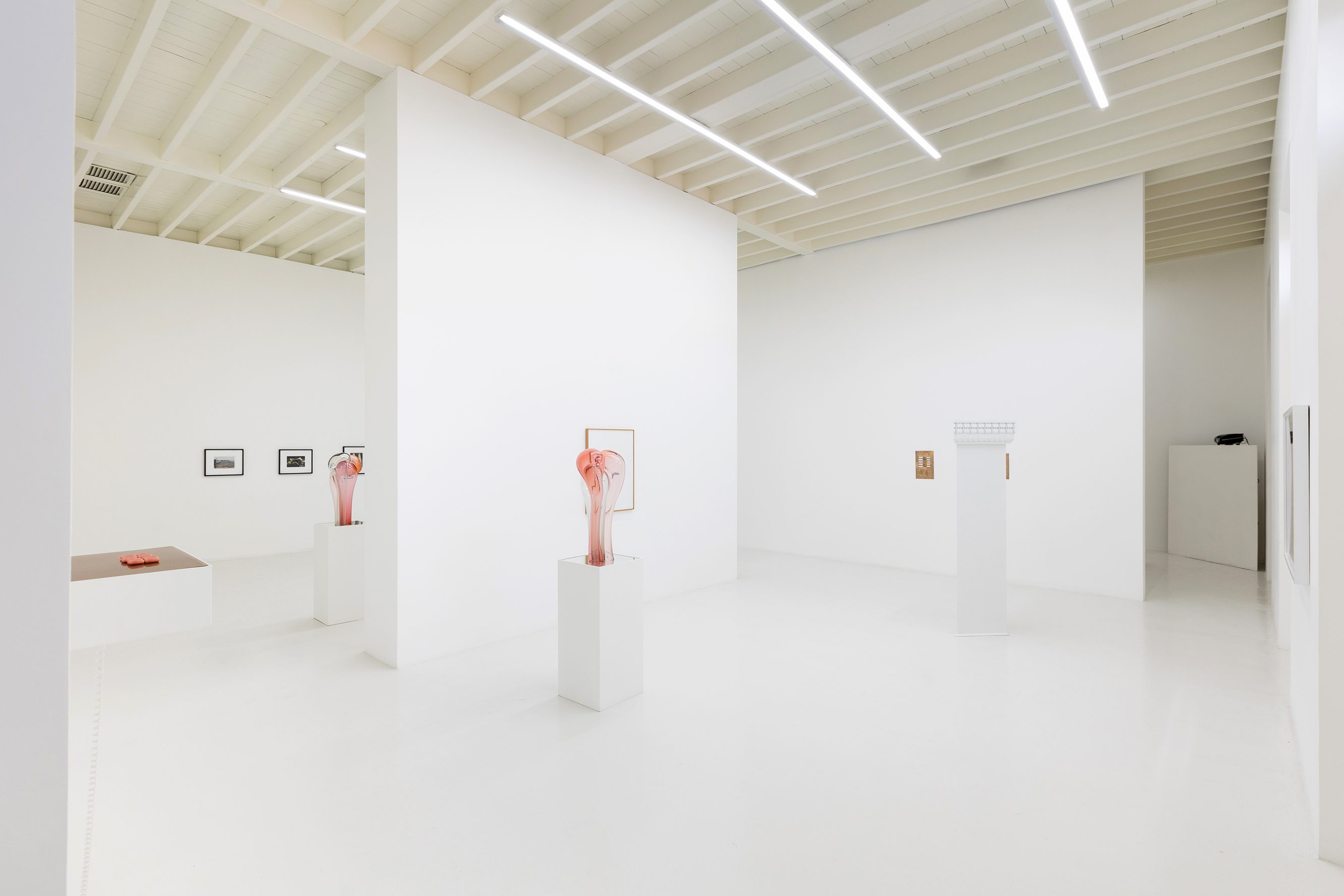
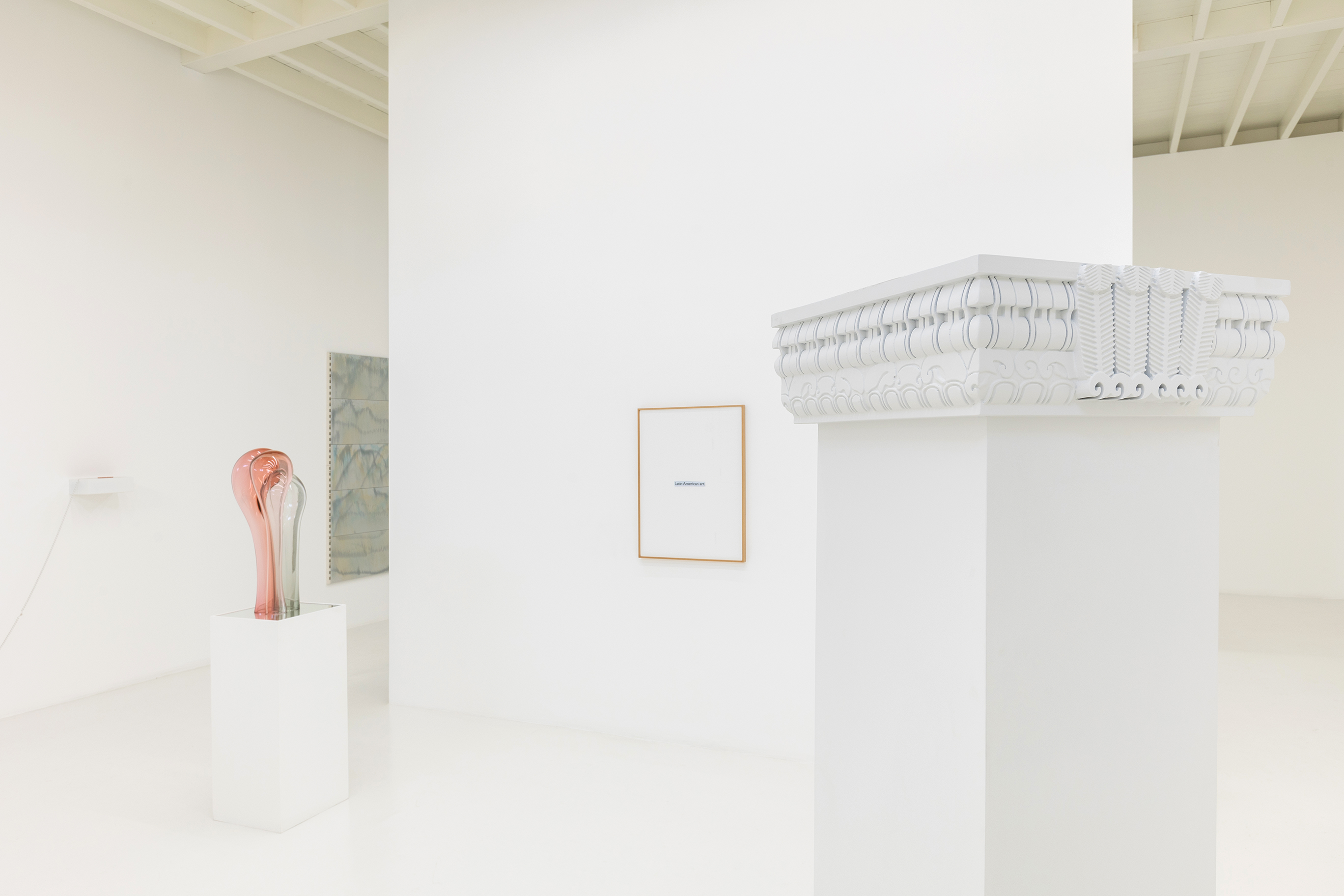
Press Release
Isabel Cordovil (Portugal), Cristina Garrido (Spain), and Gabriele Beveridge (United Kingdom) arrive in Lima with a proposal that is not a mere sum of works, but a tension of perspectives and sensibilities. Three artists, three ways of twisting the everyday to make it speak from elsewhere. What at first glance seems familiar—a catalog, a postcard, a consumer object, an intimate story—here is dismantled, transformed, and turned into a field charged with questions. All three share a common obsession: to question how we see and what we are taught to see. They do so through commerce and popular culture, through art history or intimate emotion, displacing materials to reveal what lies beneath the surface. Each piece operates like a crack in normality, a reminder that the gaze is never innocent. Cristina Garrido takes the formats of the art system itself—catalogs, press releases, art fair booths—and turns them into her battleground. With sharp irony, her works infiltrate these languages with a subtle mimicry that is nevertheless devastating. Like a Trojan horse, she uses institutional forms to expose their fissures, revealing how cultural value is constructed—and how it can collapse with a single gesture. Isabel Cordovil opens another front: that of intimate and collective memory. Her works invite us to inhabit a sensorial space where desire and remembrance intertwine. Past loves, everyday gestures, games of innocence and longing coexist in pieces that are at once fragile and dense. Cordovil revisits the metaphor of la petite mort to situate orgasm as a moment in which time suspends itself—where the personal touches the universal. Her works are invisible threads weaving together broken bonds, restoring poetic weight to what once seemed light. In Gabriele Beveridge’s work, consumption and beauty become a stage of ambiguity. Her vitrines act as fractured mirrors, as bright promises that crack open. Between the fetishistic and the spectral, her installations dismantle the beauty industry, exposing the violence hidden beneath seduction, where the female body has been treated as commodity—as a surface to be consumed. Where the sheen dazzles, a fissure also appears, echoing the ghostly. The gathering of these three voices in Lima is no coincidence. Peru is a territory where the ancestral and the postmodern coexist in friction—where struggles over the body, the gaze, and consumption cut across the social and the cultural. Within that intersection, the exhibition resonates as a multiple mirror: it reflects images, but also opens wounds, questions, and possibilities. Superficies habitadas (Inhabited Surfaces) is more than an exhibition—it is an invitation to enter a space where the visible fractures and reassembles, where the smallest gestures—collecting, diverting, reappropriating—become acts capable of transforming reality. Leaving the exhibition does not mean leaving unscathed: it means carrying with you the lingering suspicion that everything we look at might be looking back.
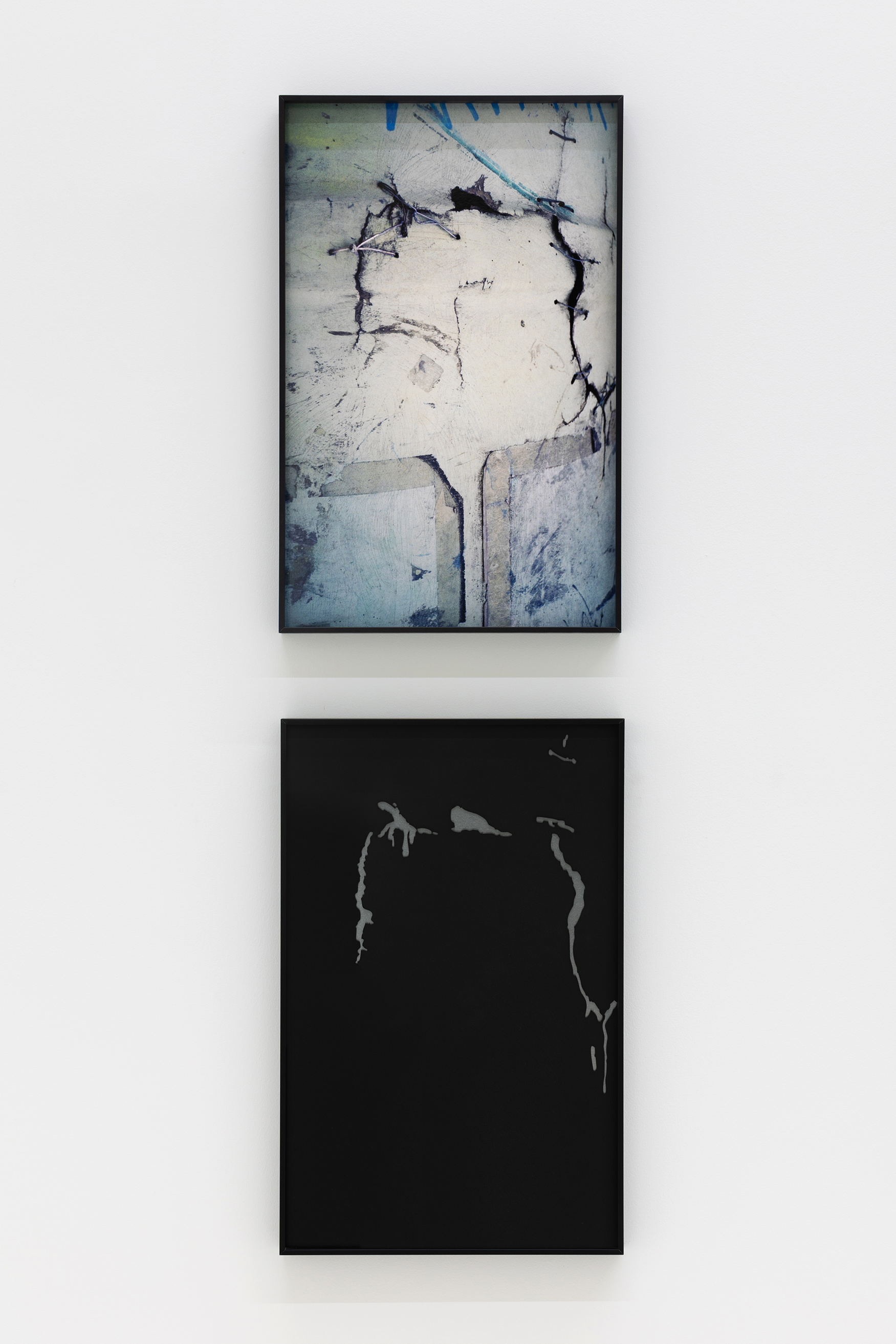 Bruise I
Bruise I
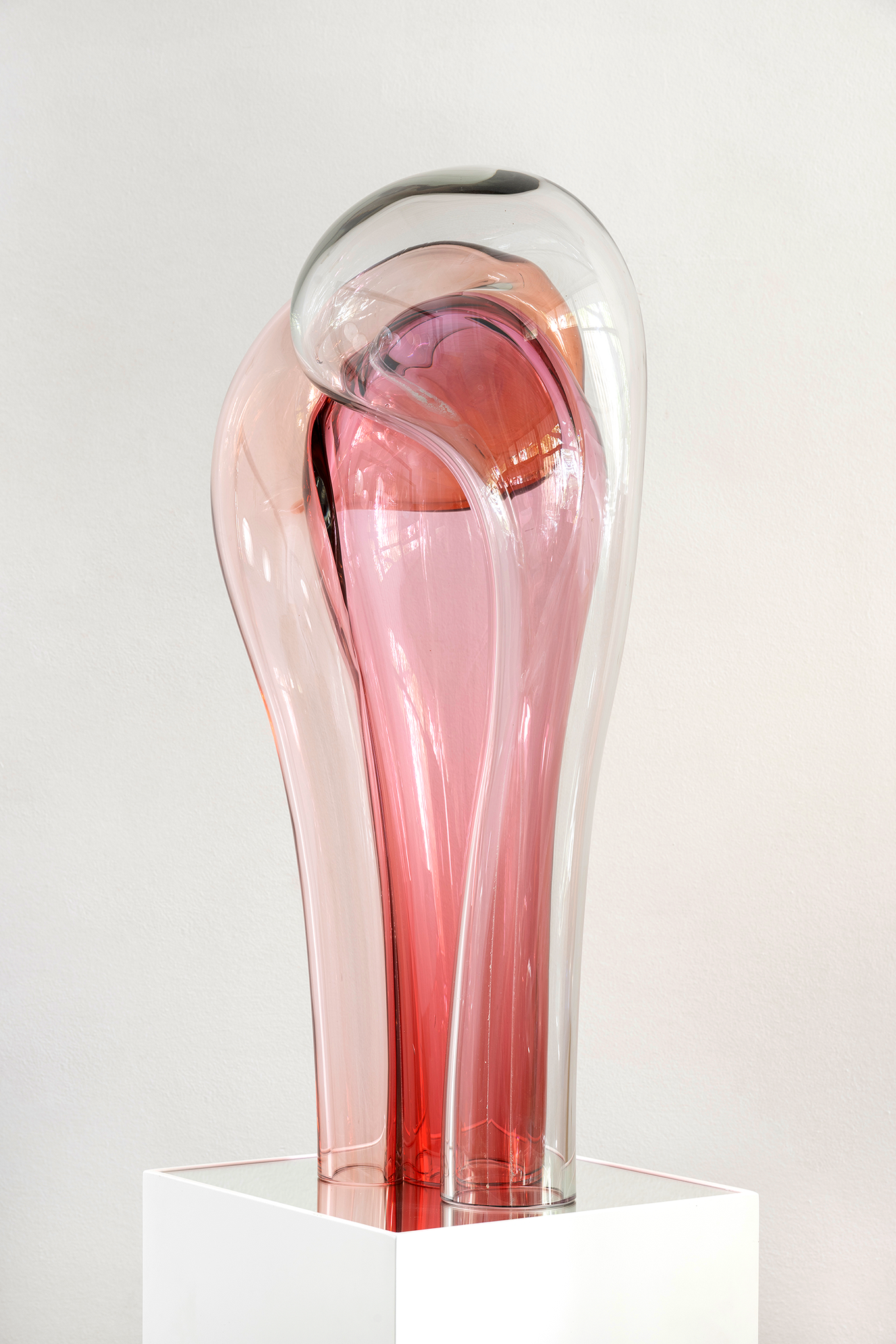 Cords (X)
Cords (X)
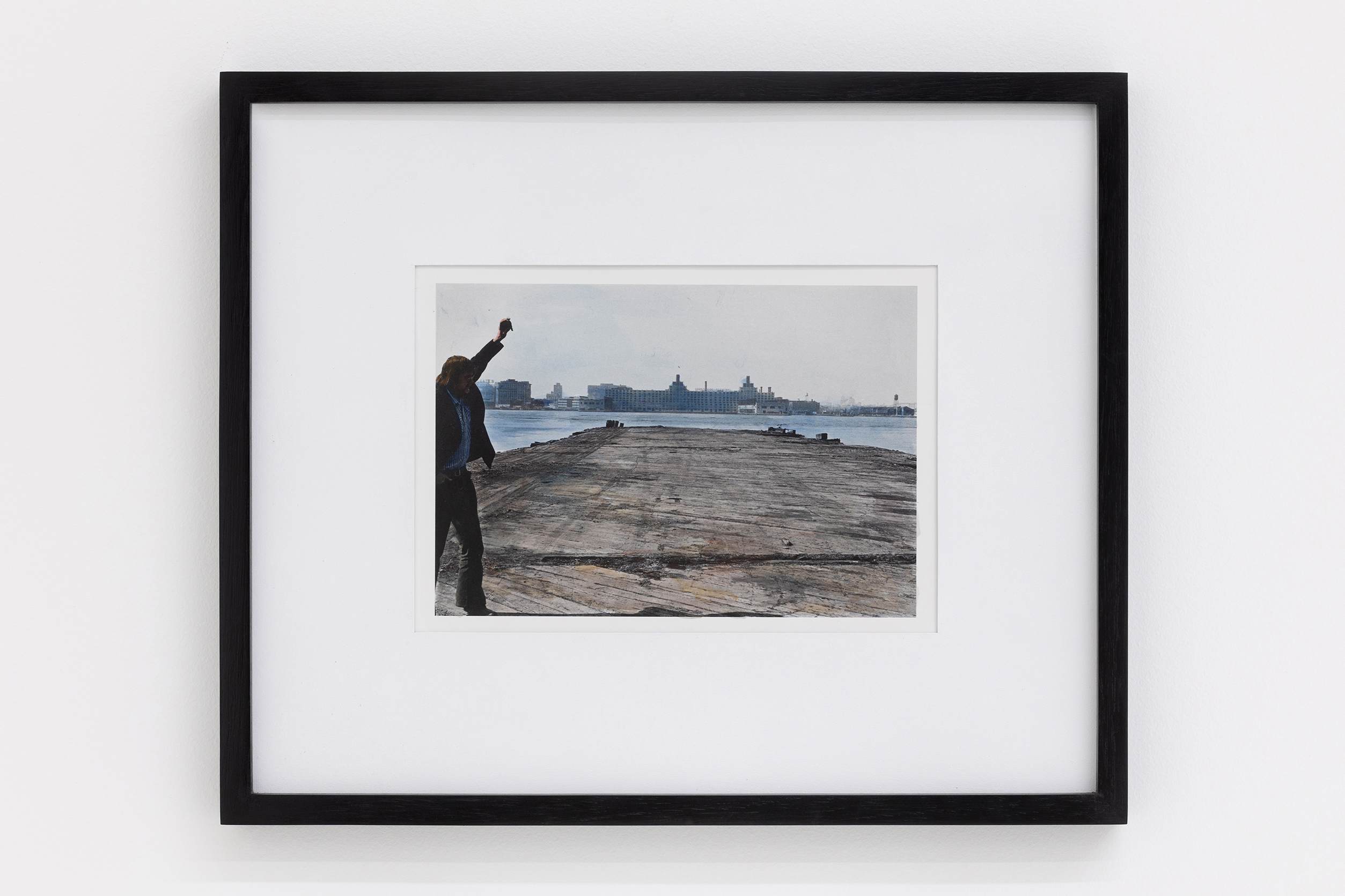 John Baldessari, Centering Bouncing Ball
John Baldessari, Centering Bouncing Ball
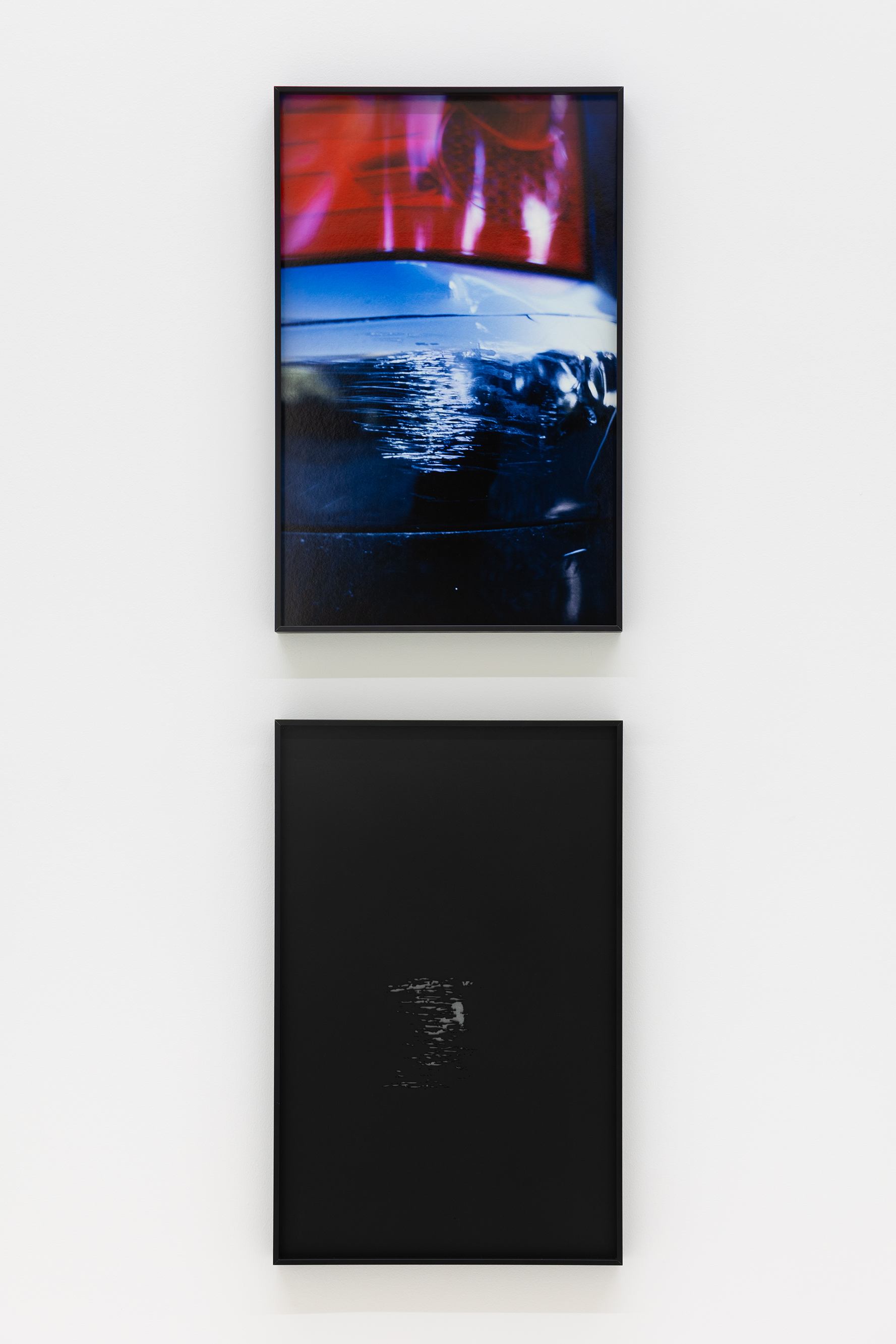 Bruise II
Bruise II
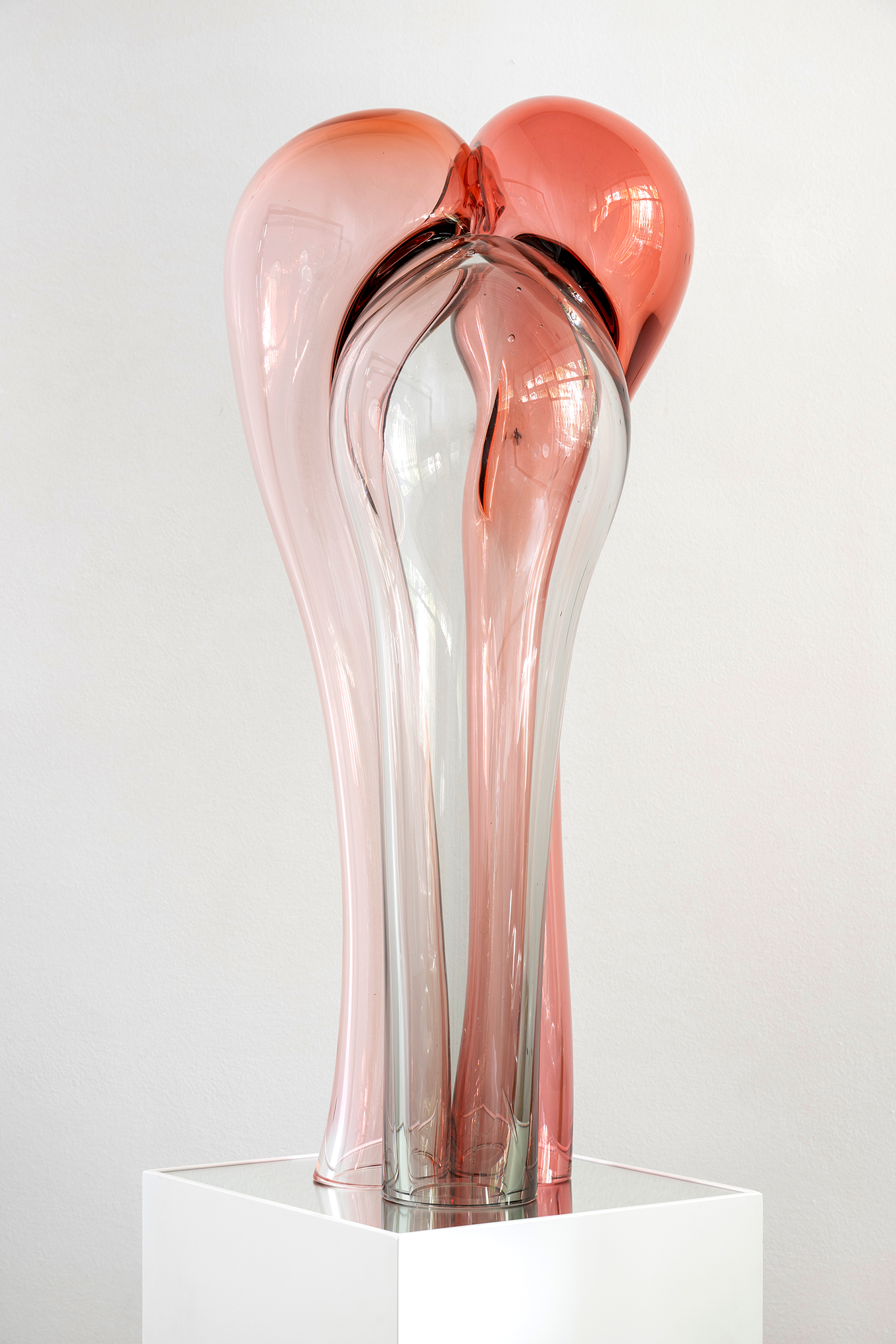 Cords (IX)
Cords (IX)
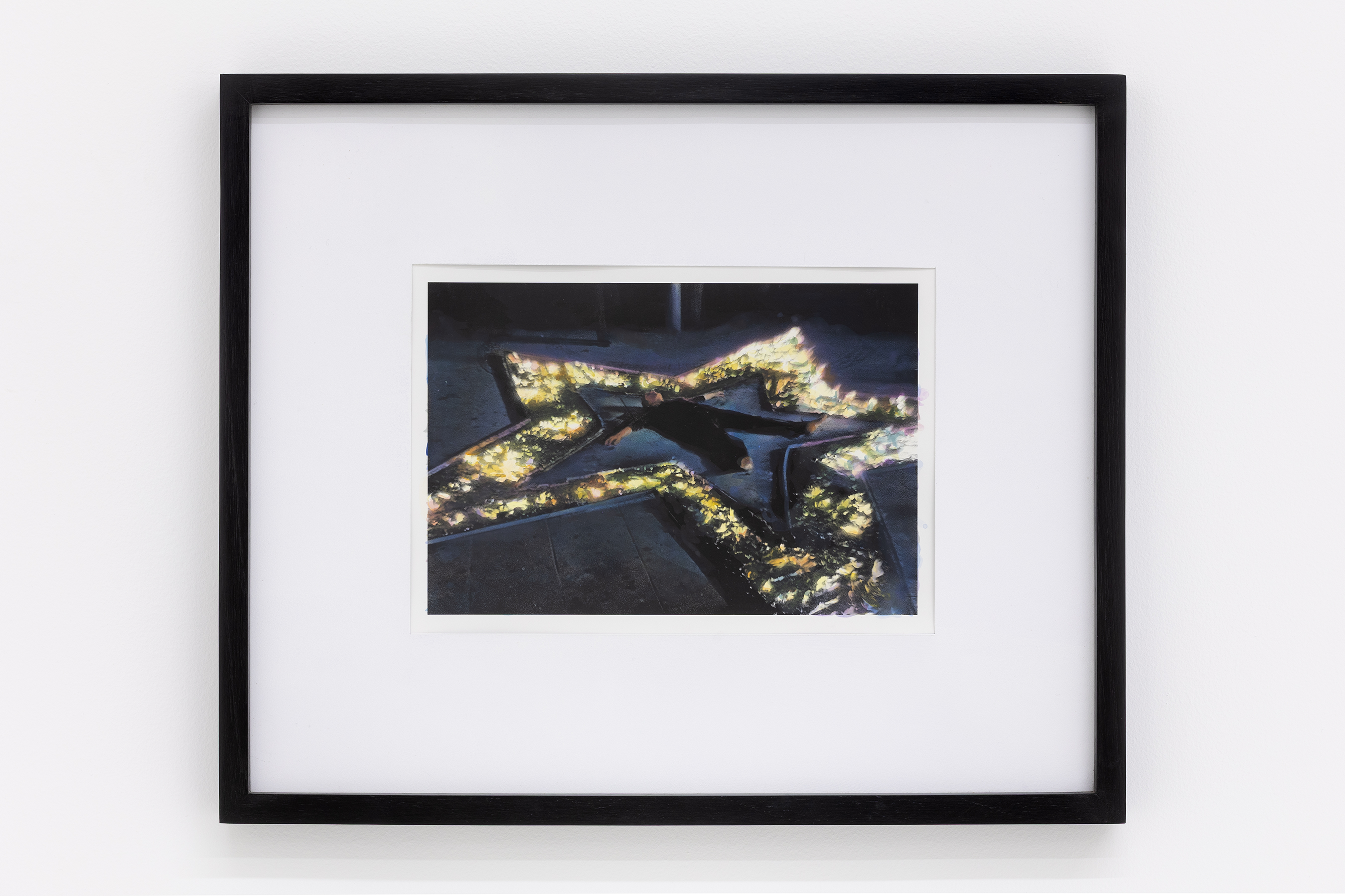 Marina Abramovic, Rhythm 5
Marina Abramovic, Rhythm 5
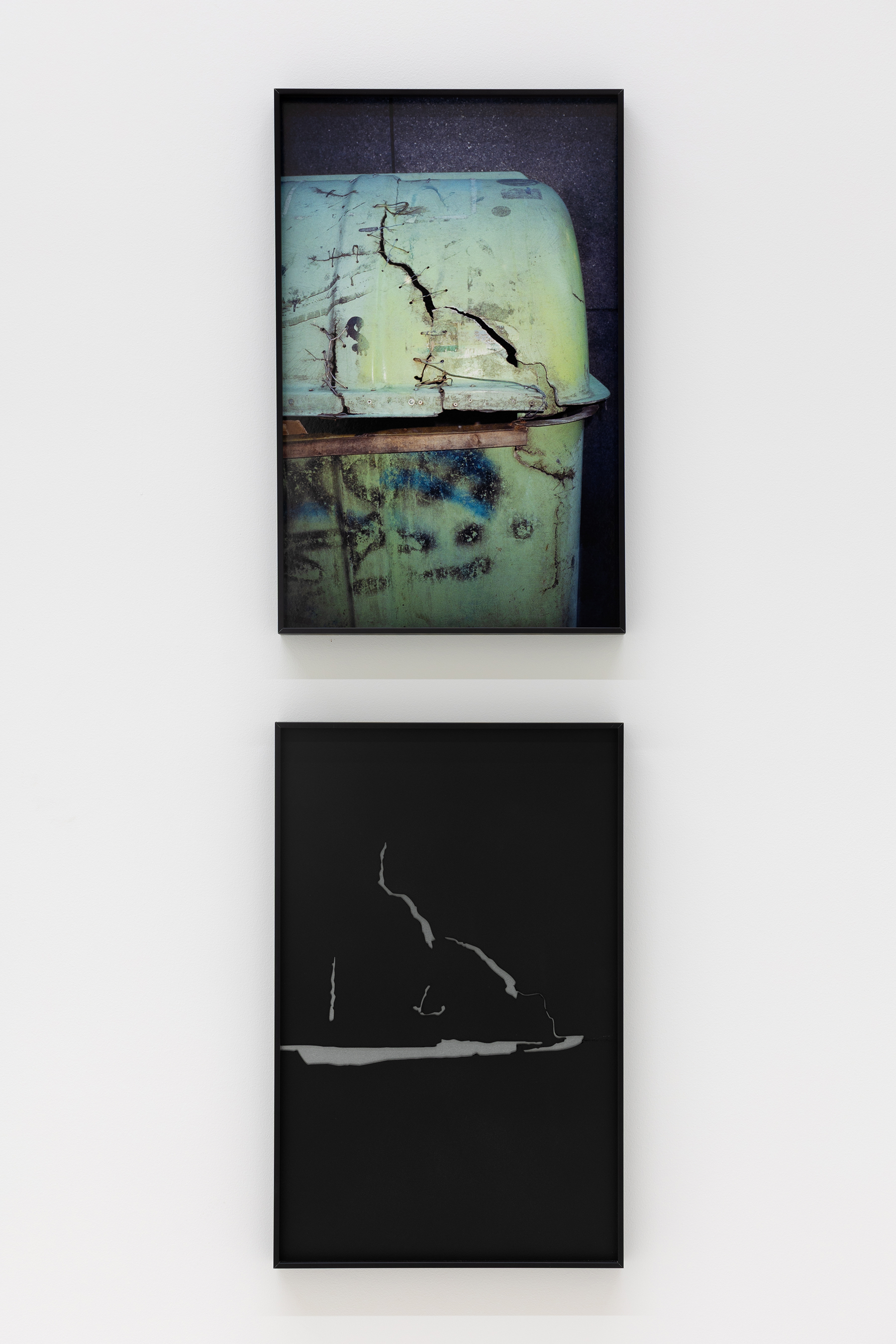 Bruise III
Bruise III
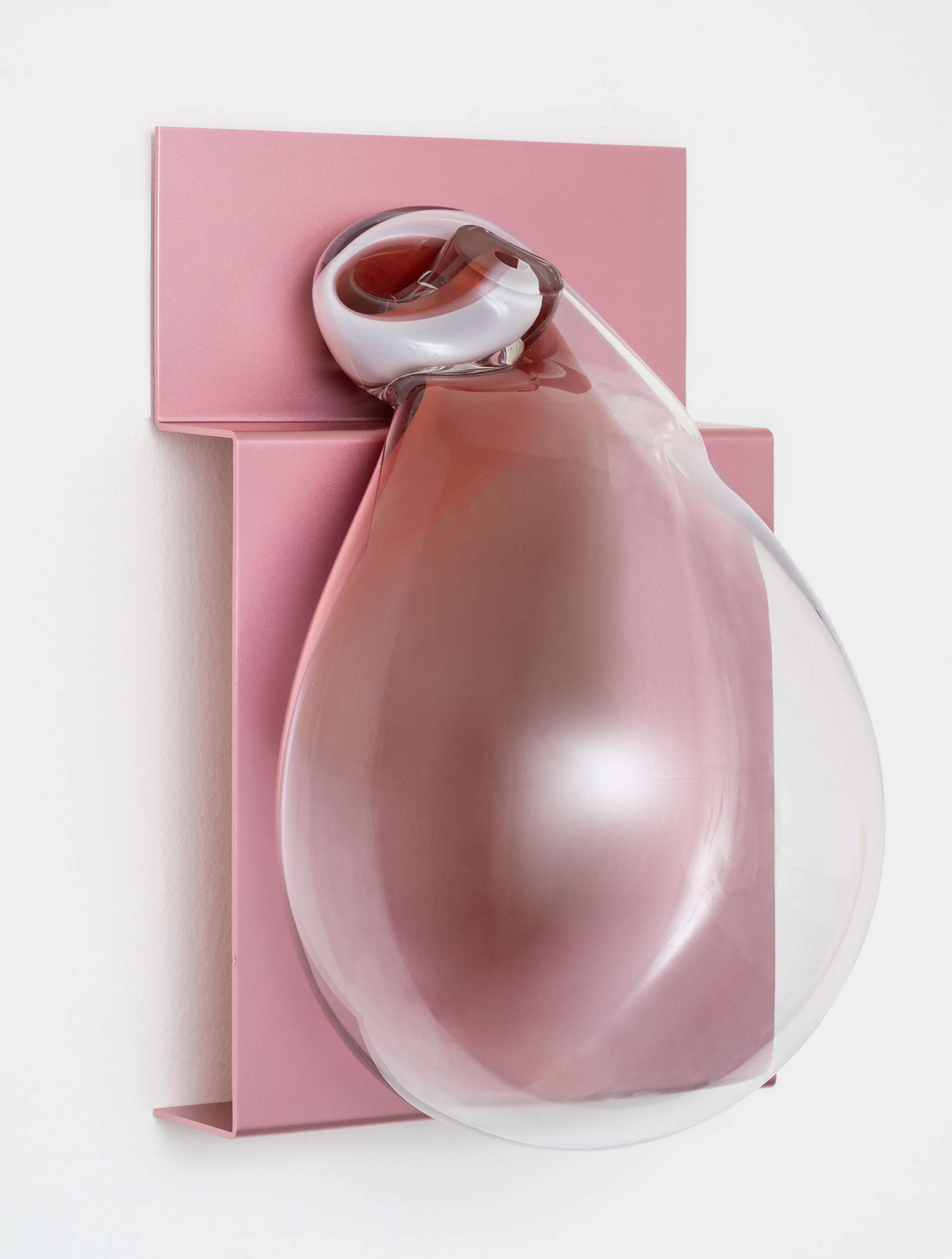 Swollen Light (V)
Swollen Light (V)
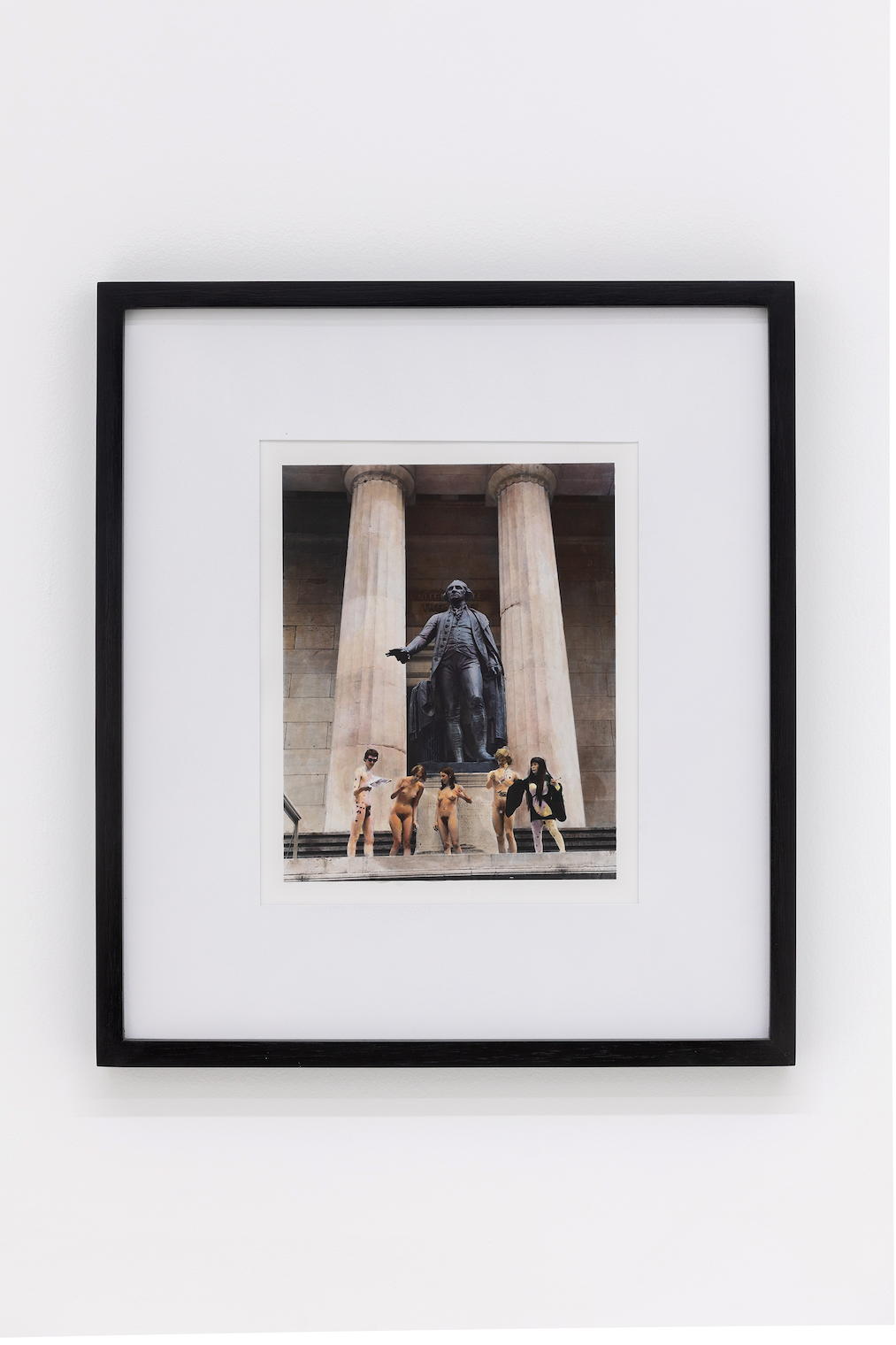 Yayoi Kusama, The Anatomic Explosion
Yayoi Kusama, The Anatomic Explosion
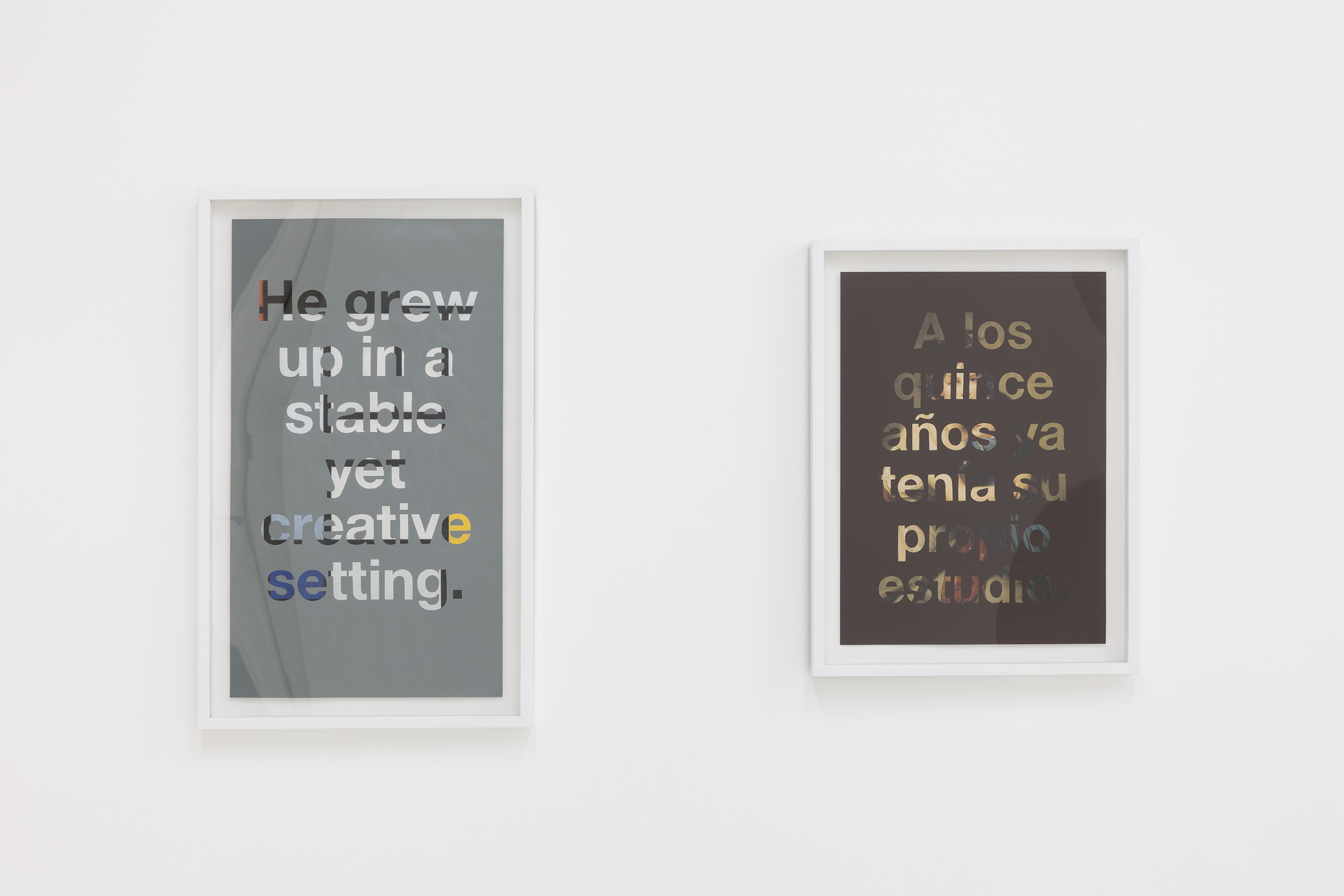 Grandes maestros de la pintura occidental
Grandes maestros de la pintura occidental
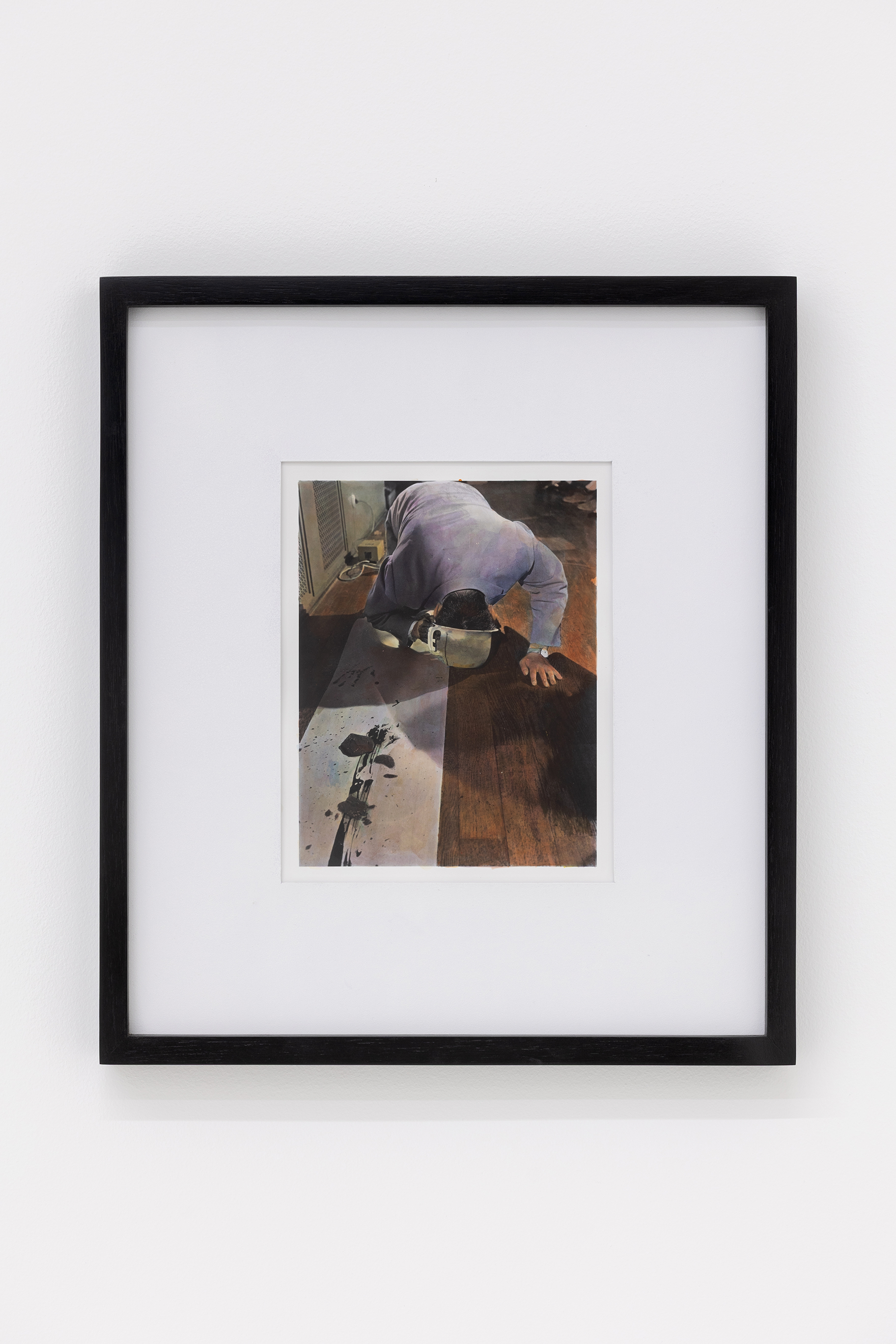 La Monte Young, Composition 1960 #10 (to Bob Morris)
La Monte Young, Composition 1960 #10 (to Bob Morris)
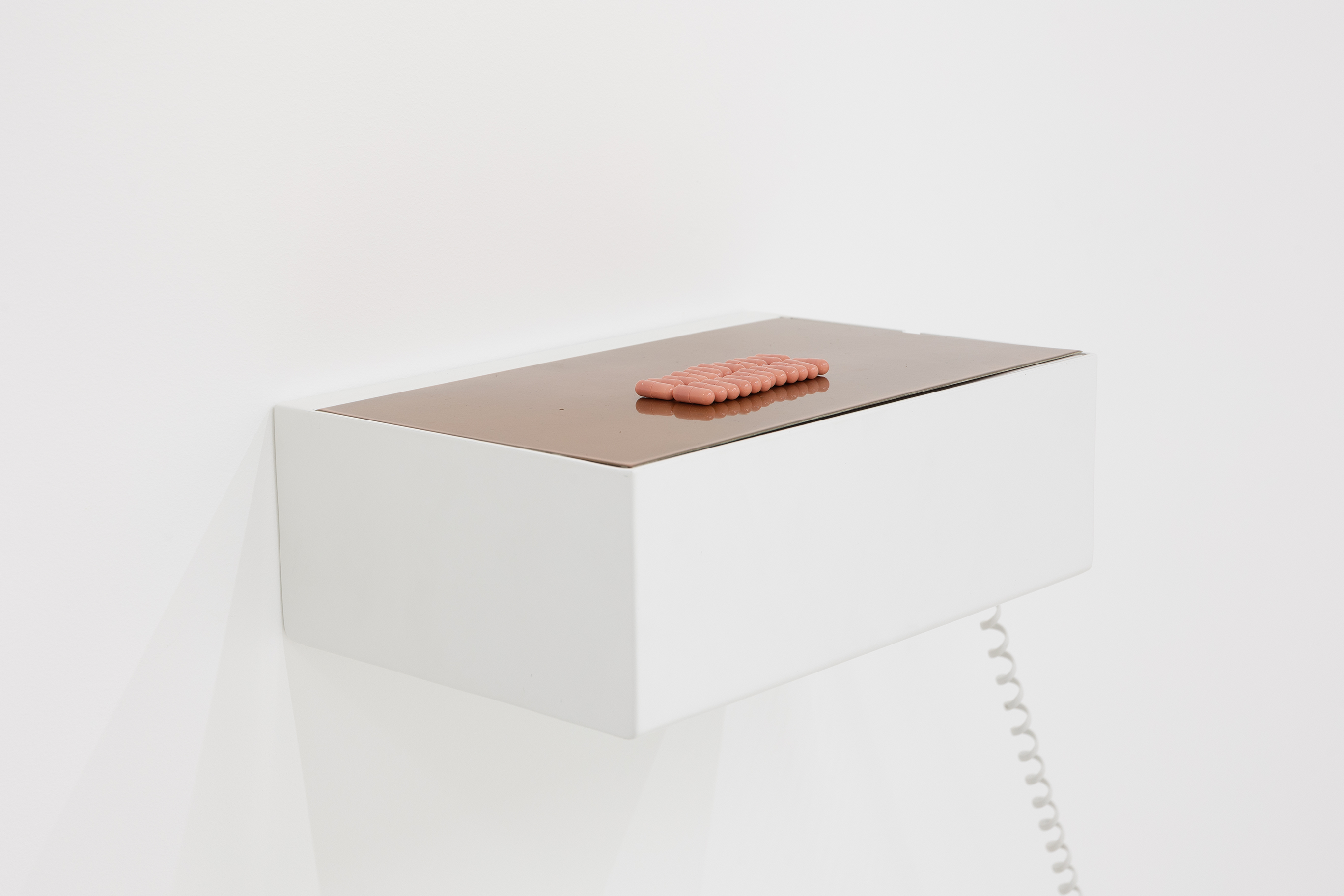 You hang up
You hang up
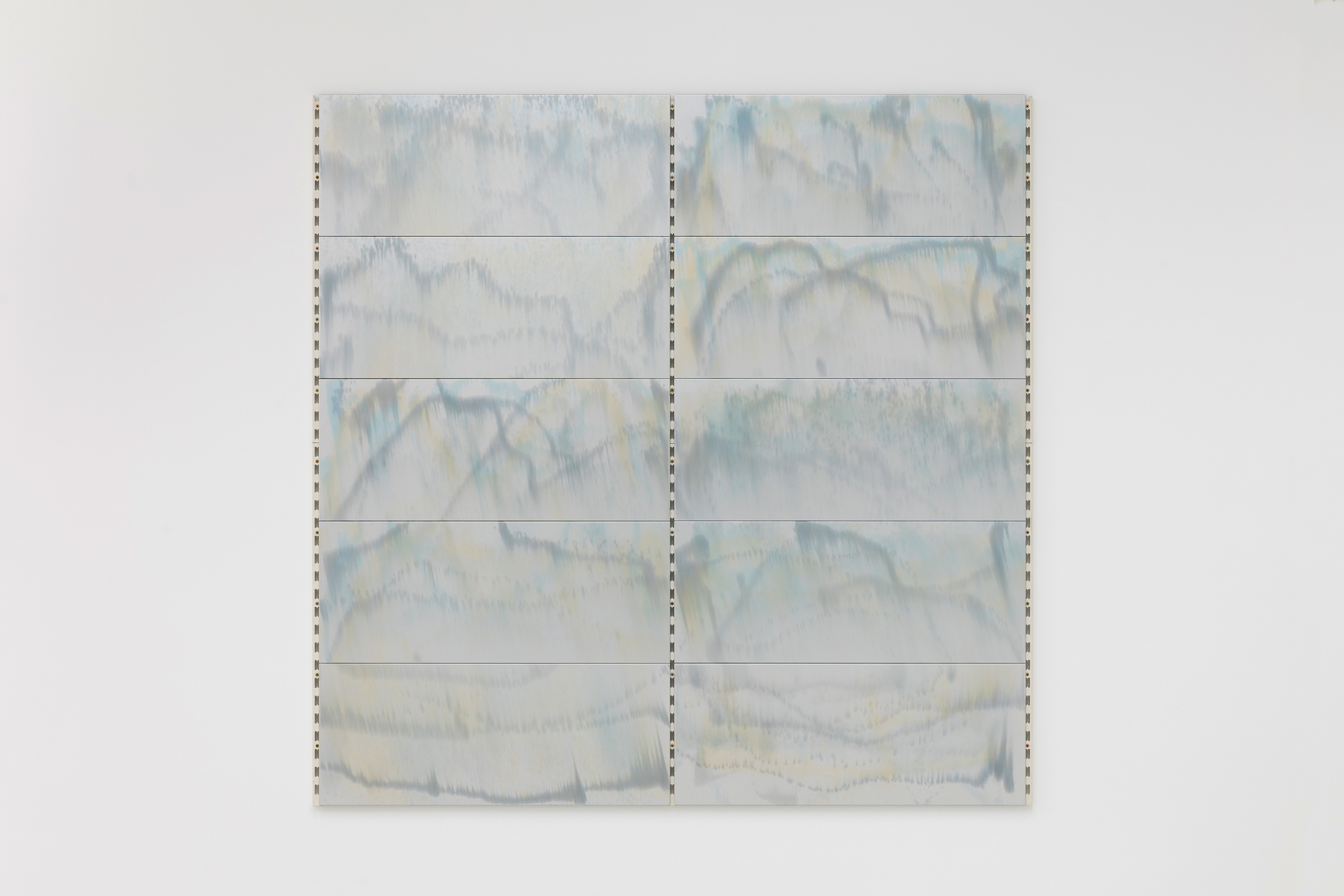 For the Last Time
For the Last Time
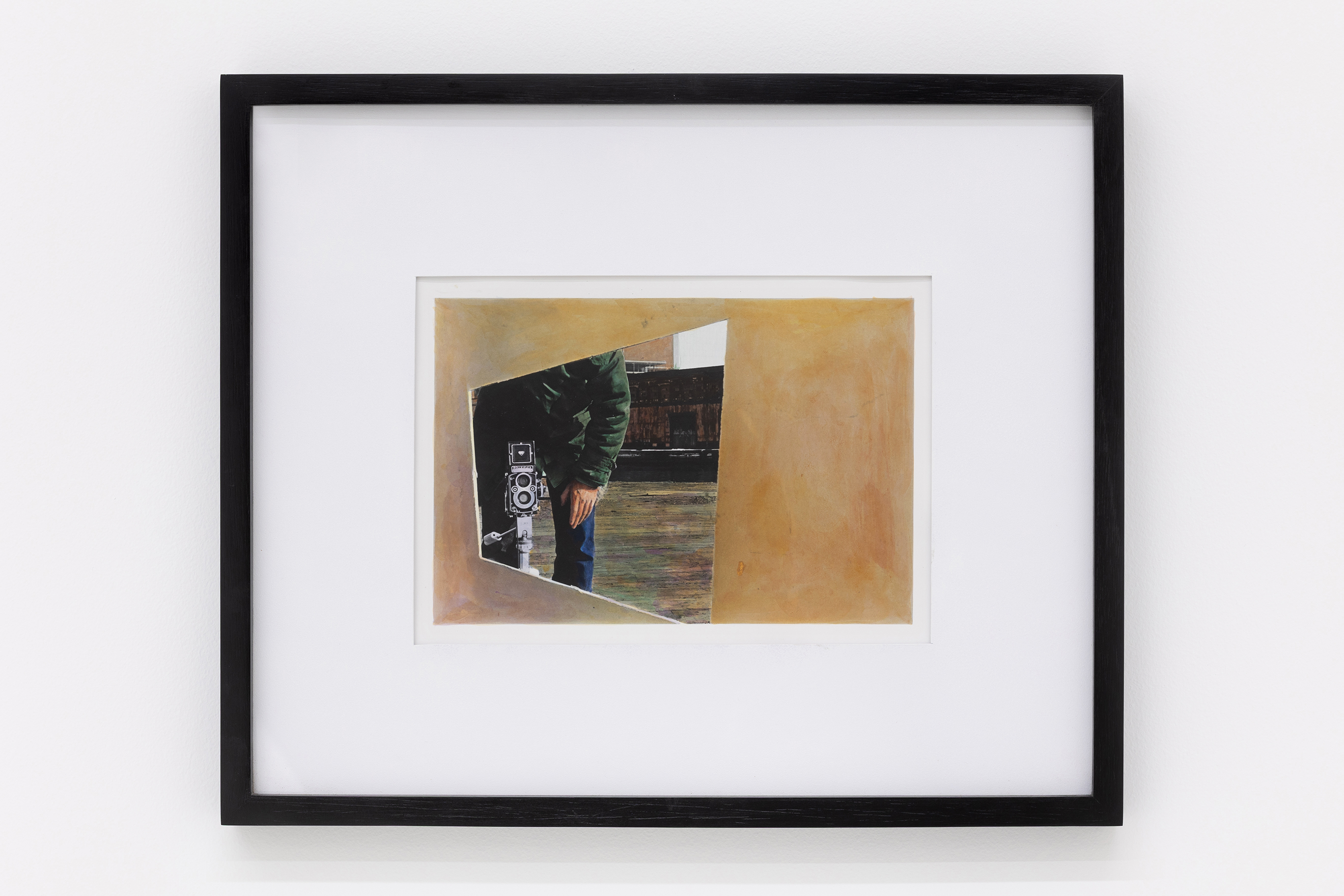 Richard Serra, Shooting a Square from a Trapezoid
Richard Serra, Shooting a Square from a Trapezoid
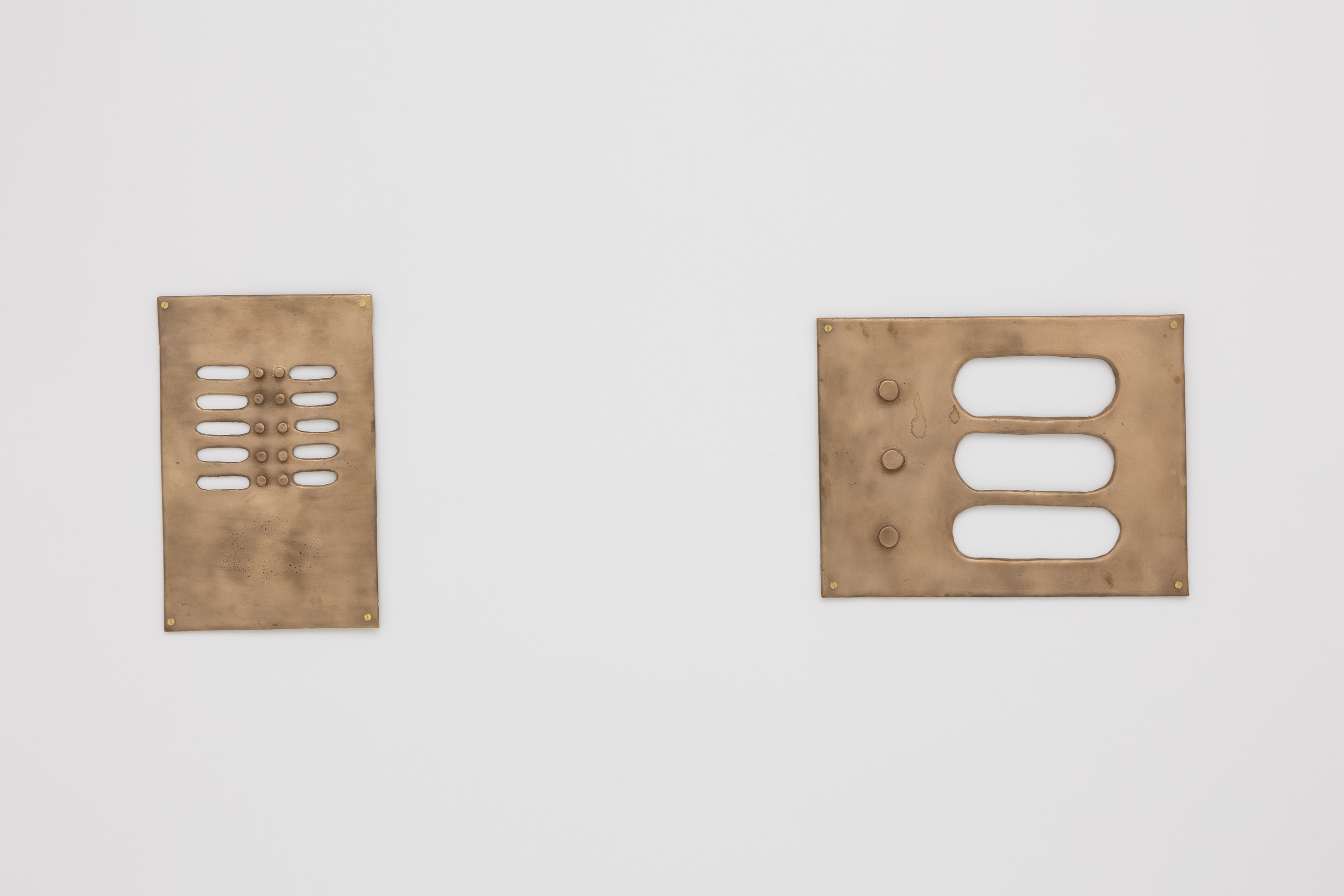 Intercom I & Intercom II
Intercom I & Intercom II
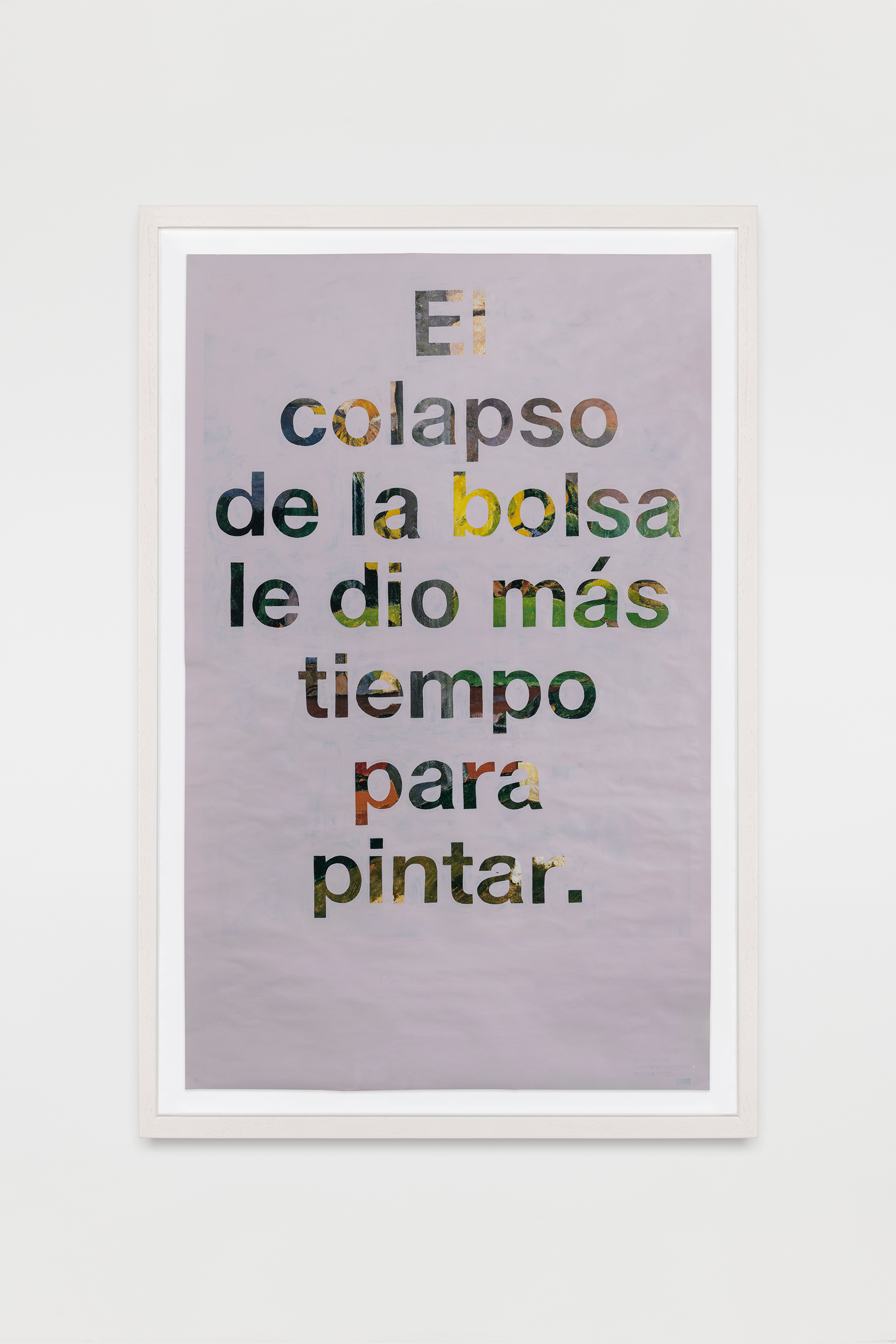 Grandes maestros de la pintura occidental
Grandes maestros de la pintura occidental
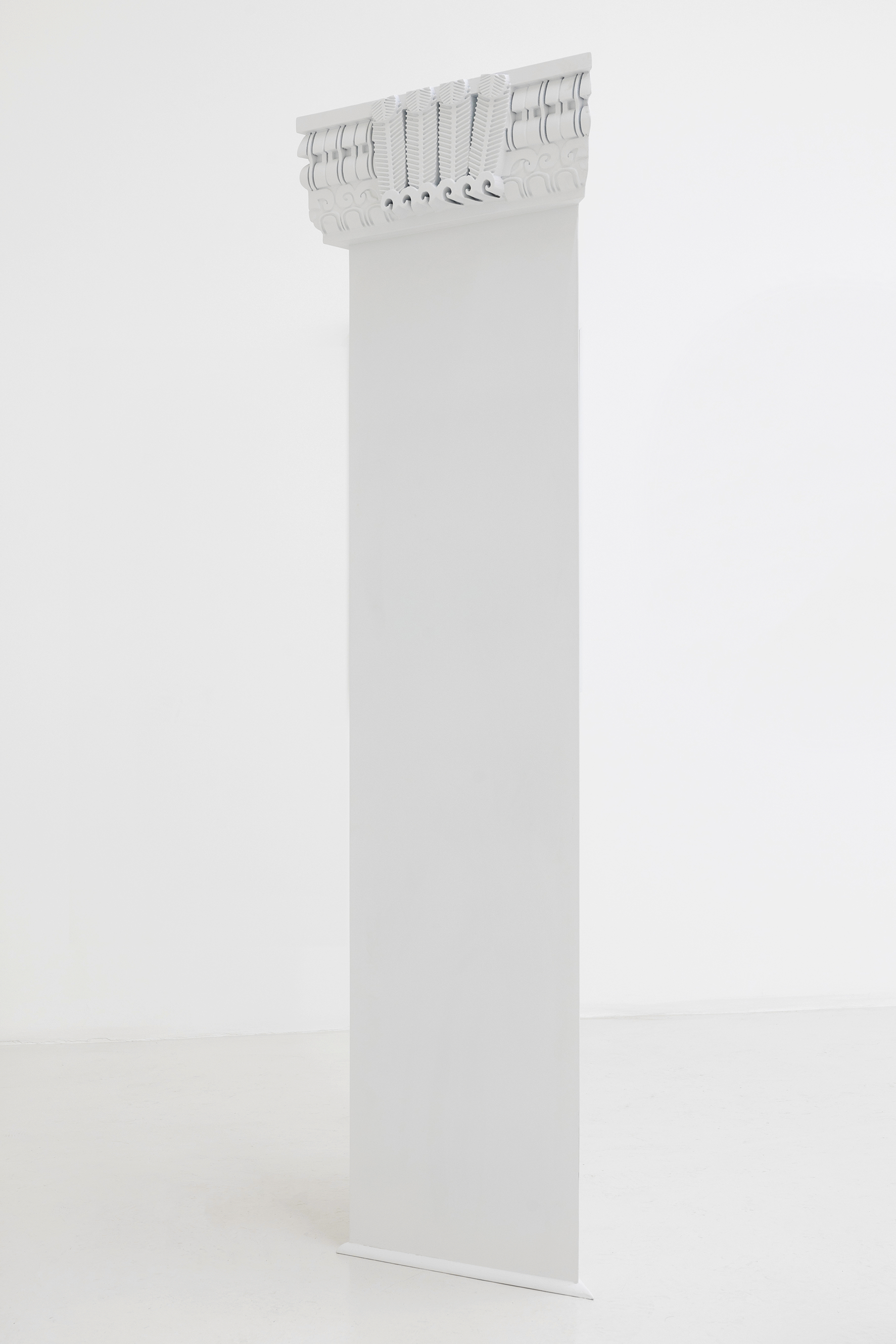 Dissect (andean baroque)
Dissect (andean baroque)
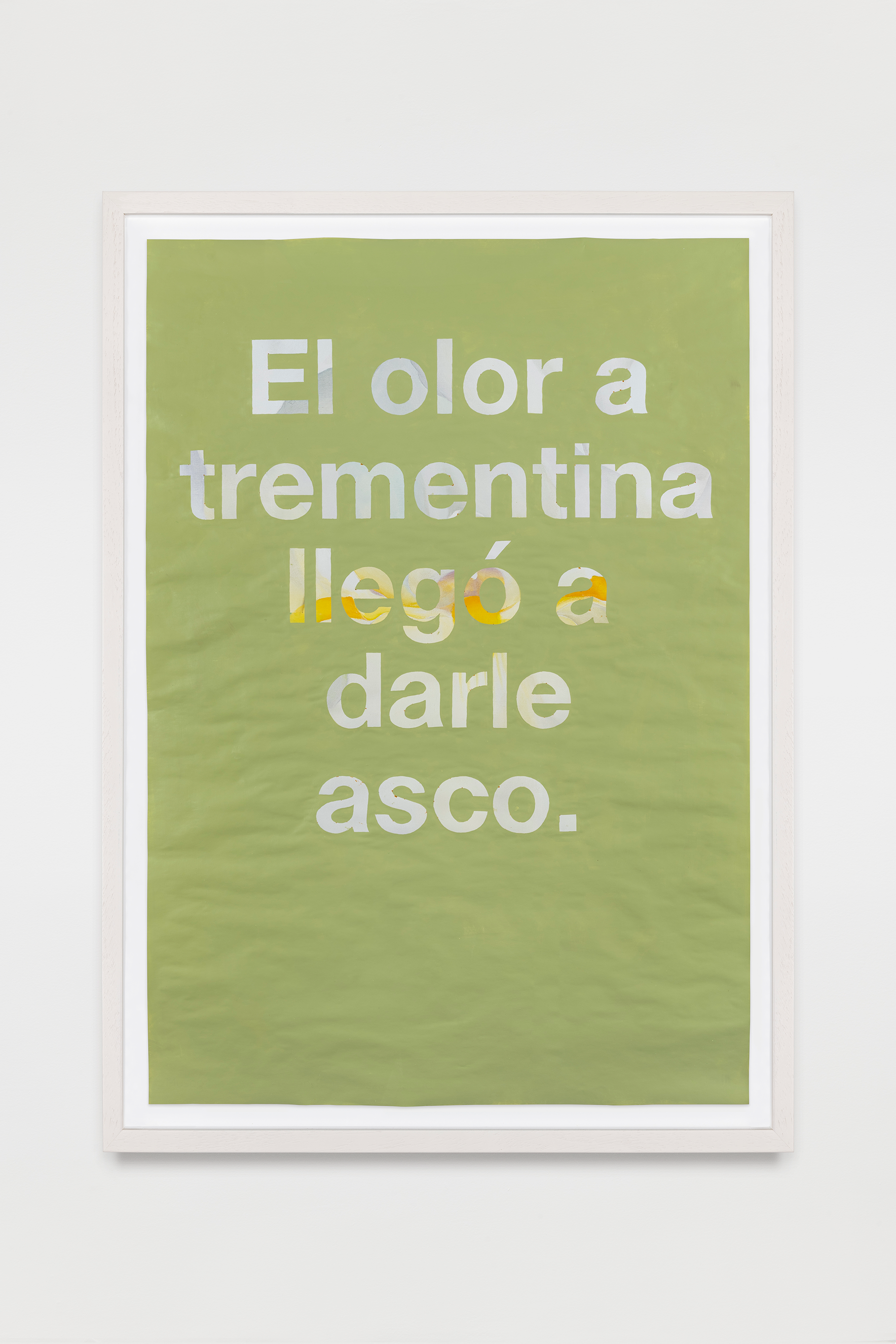 Georgia O’Keefe, White Iris No. 7
Georgia O’Keefe, White Iris No. 7
